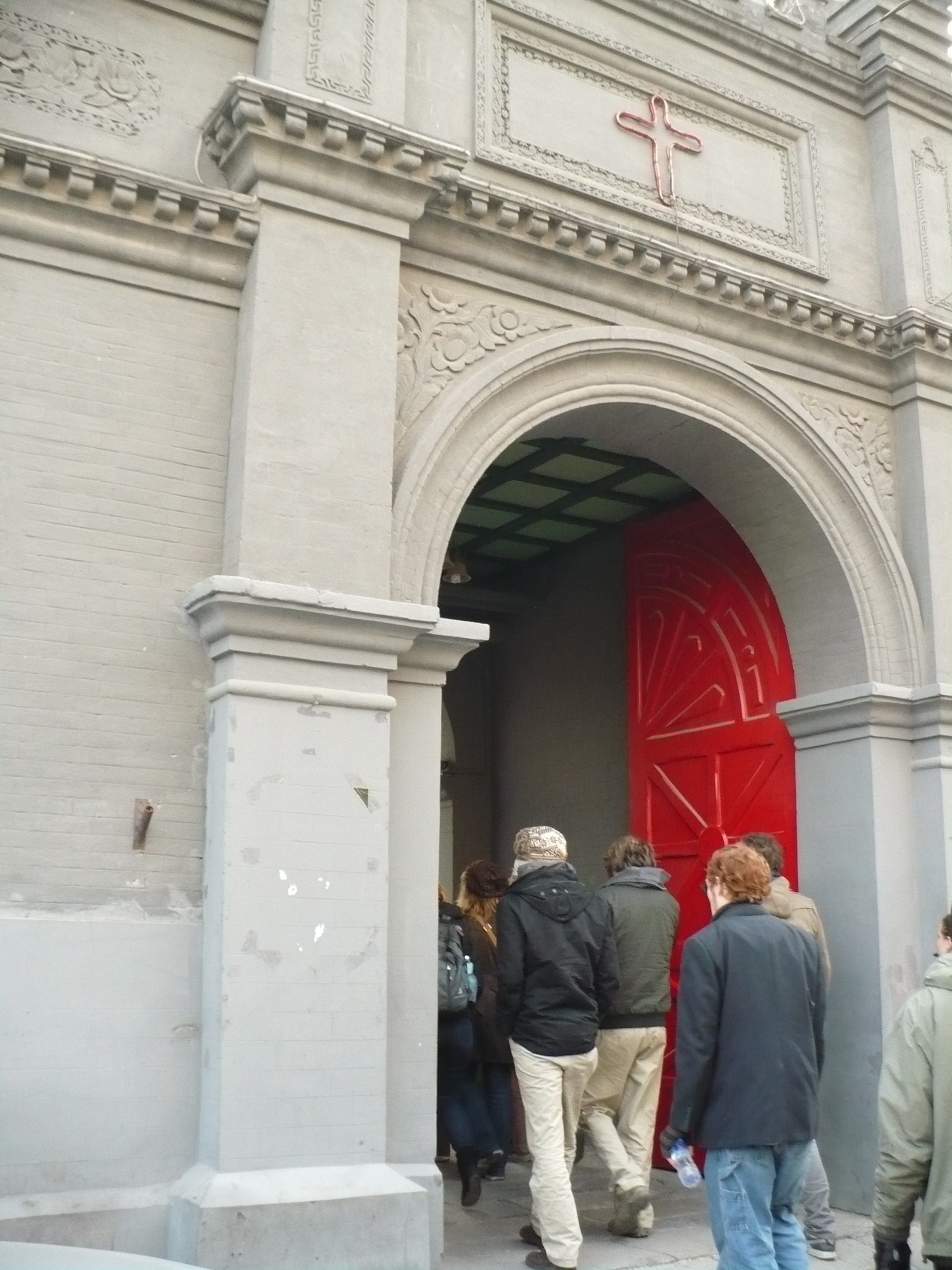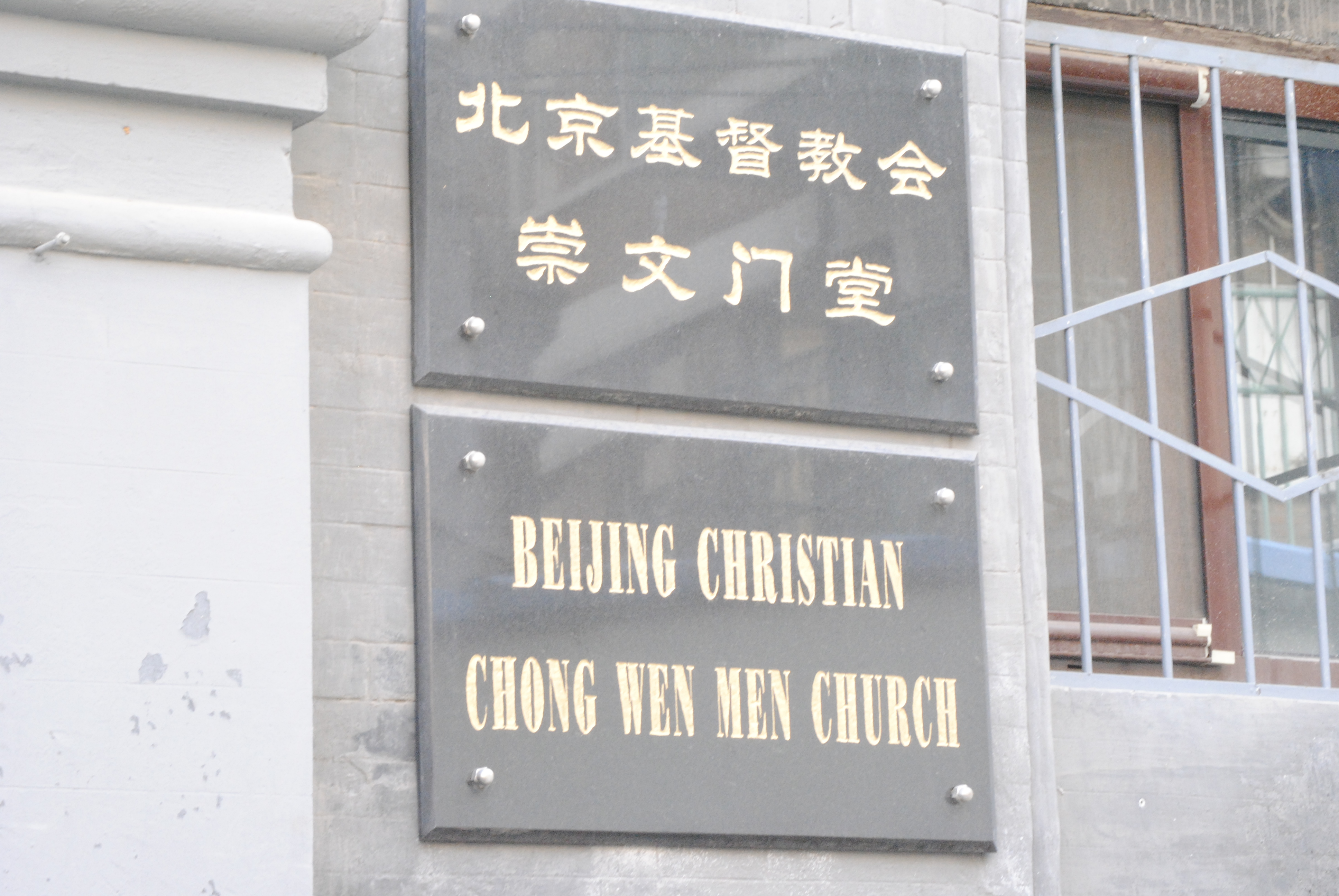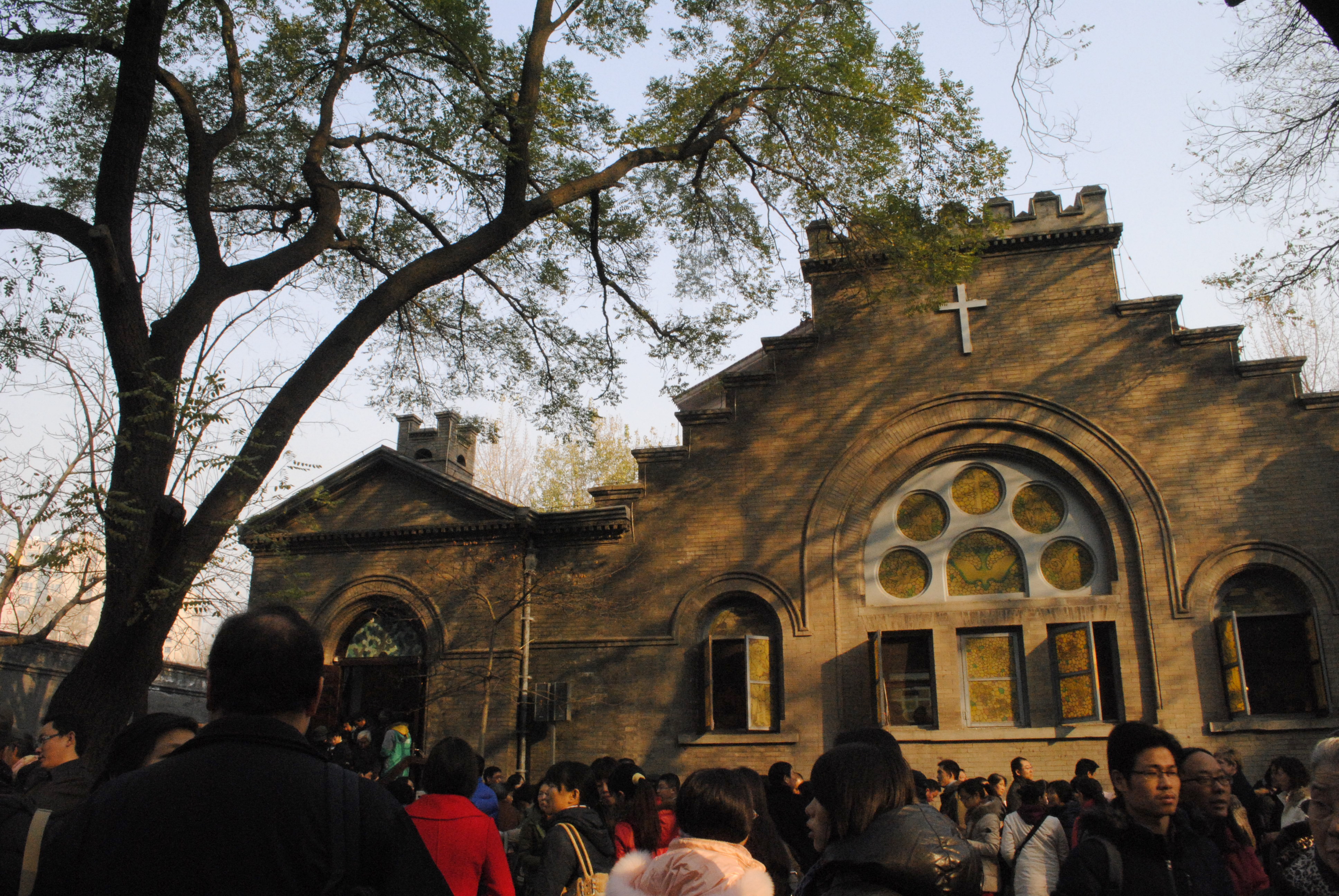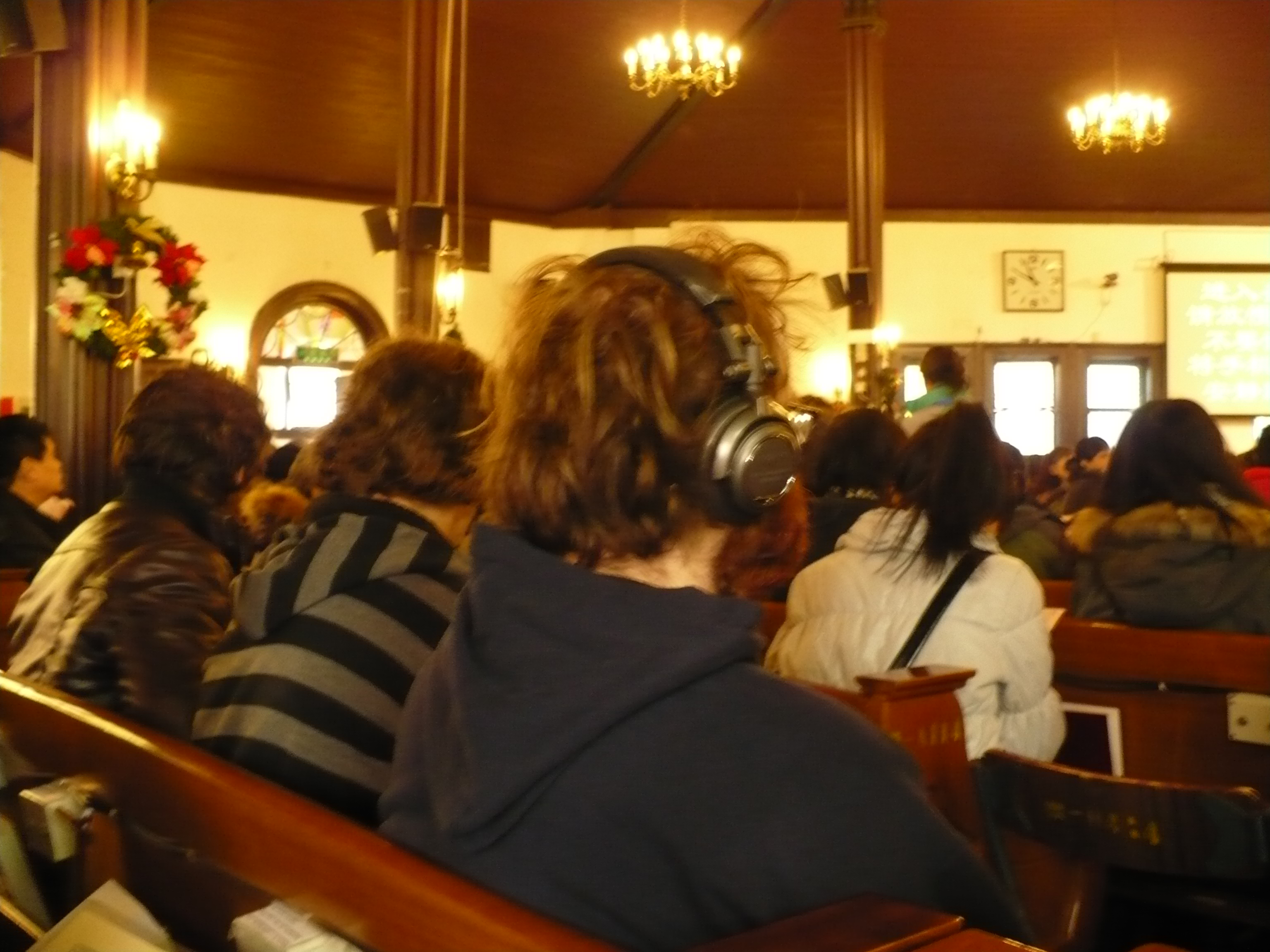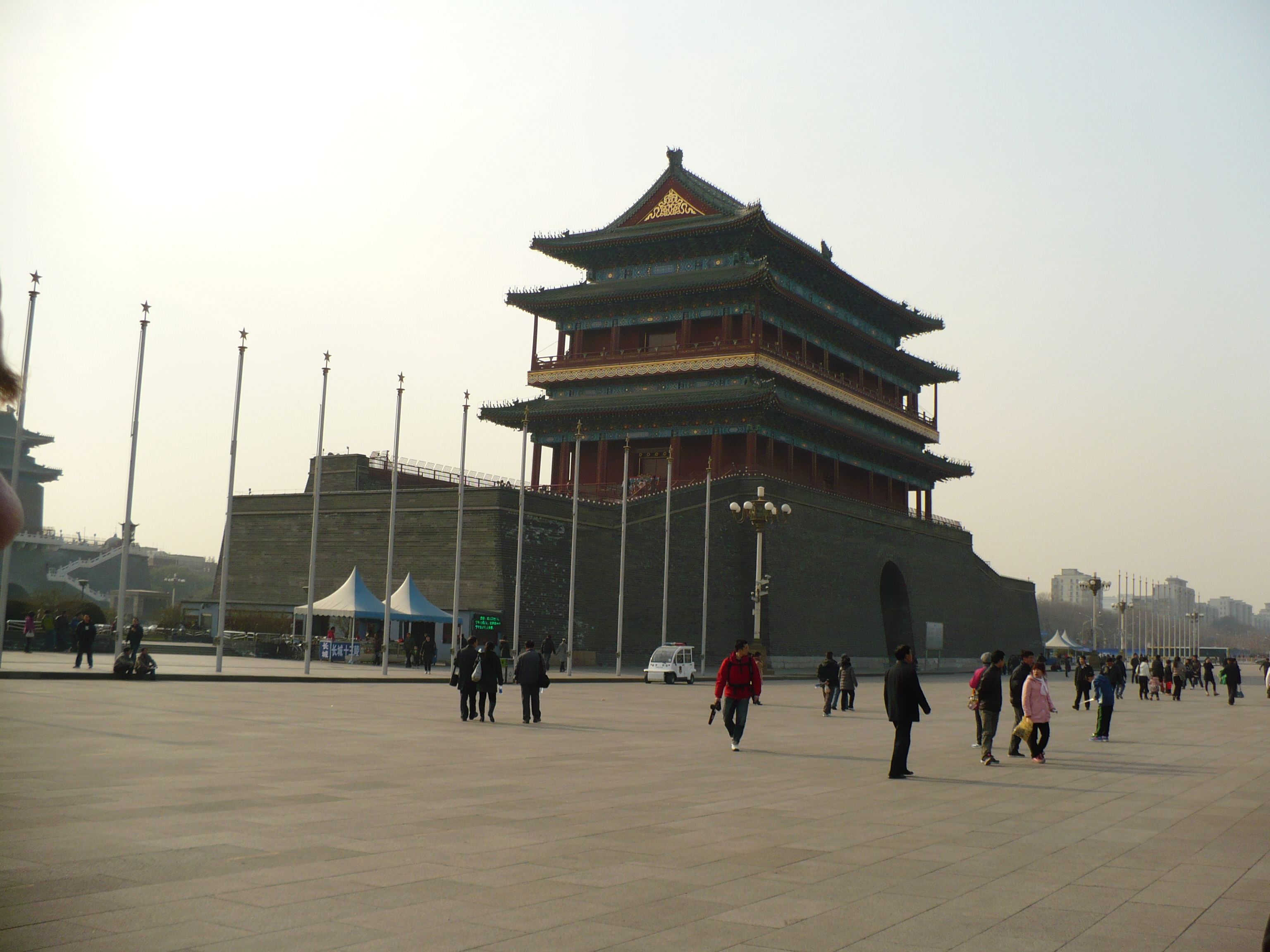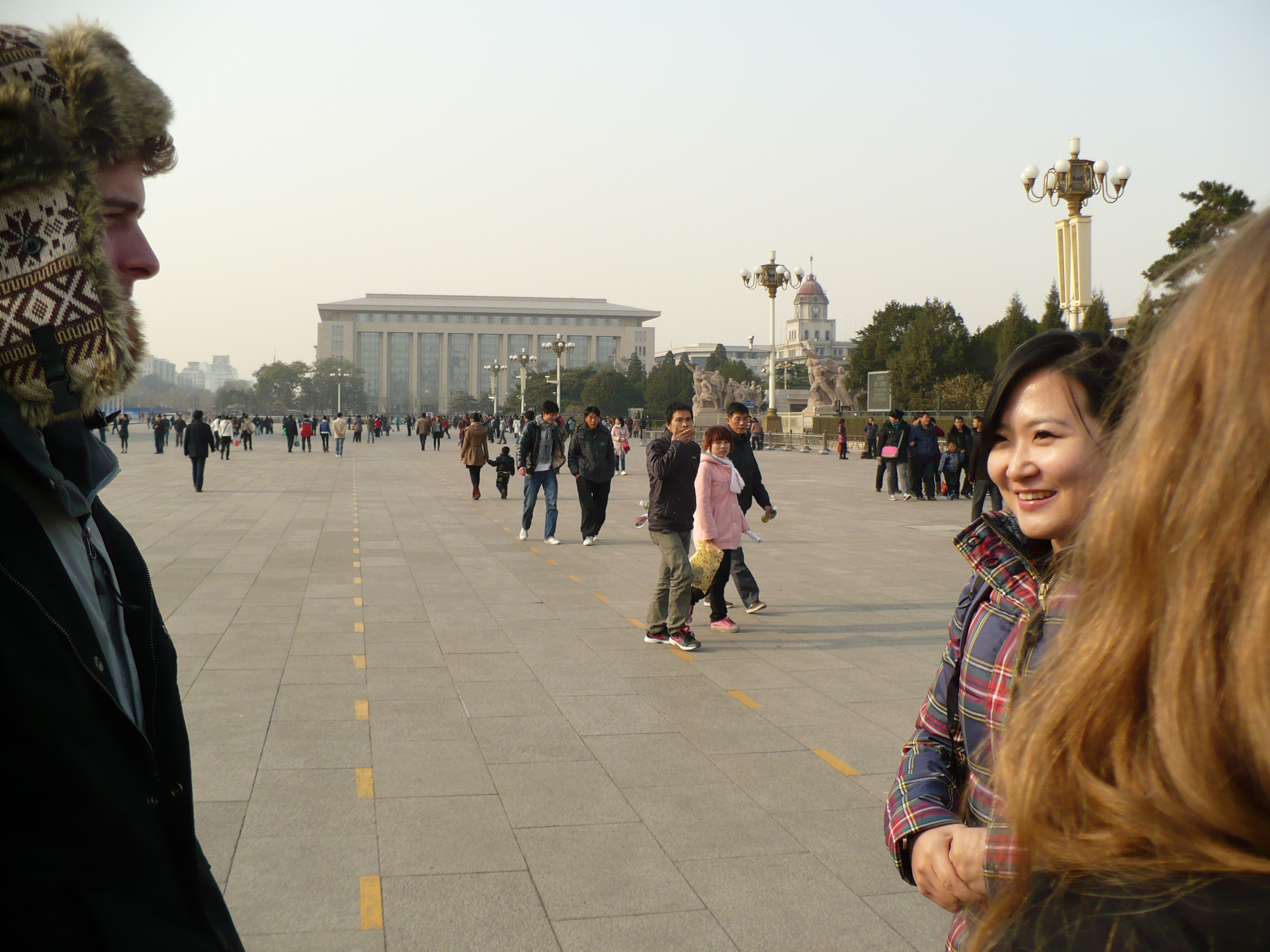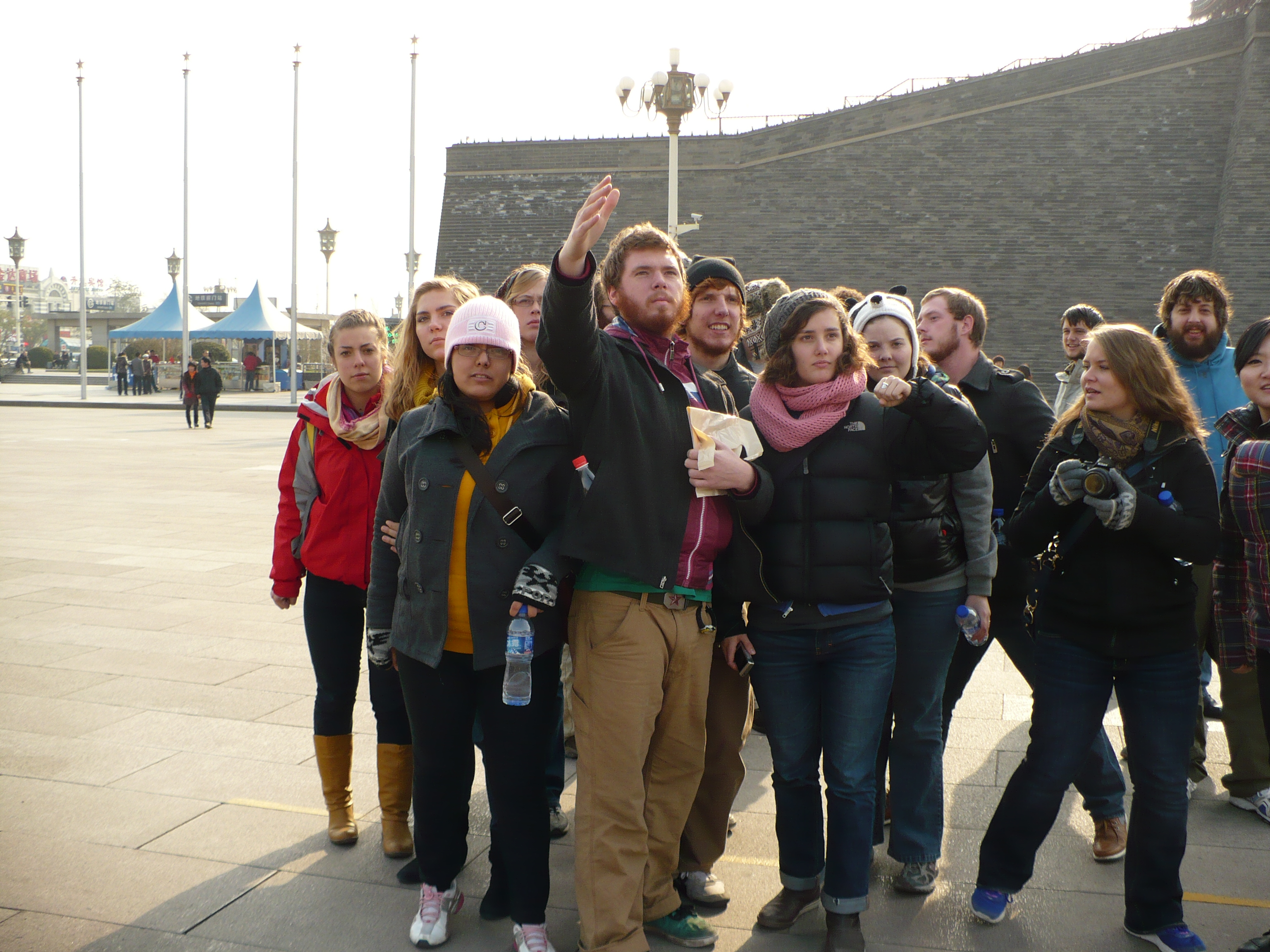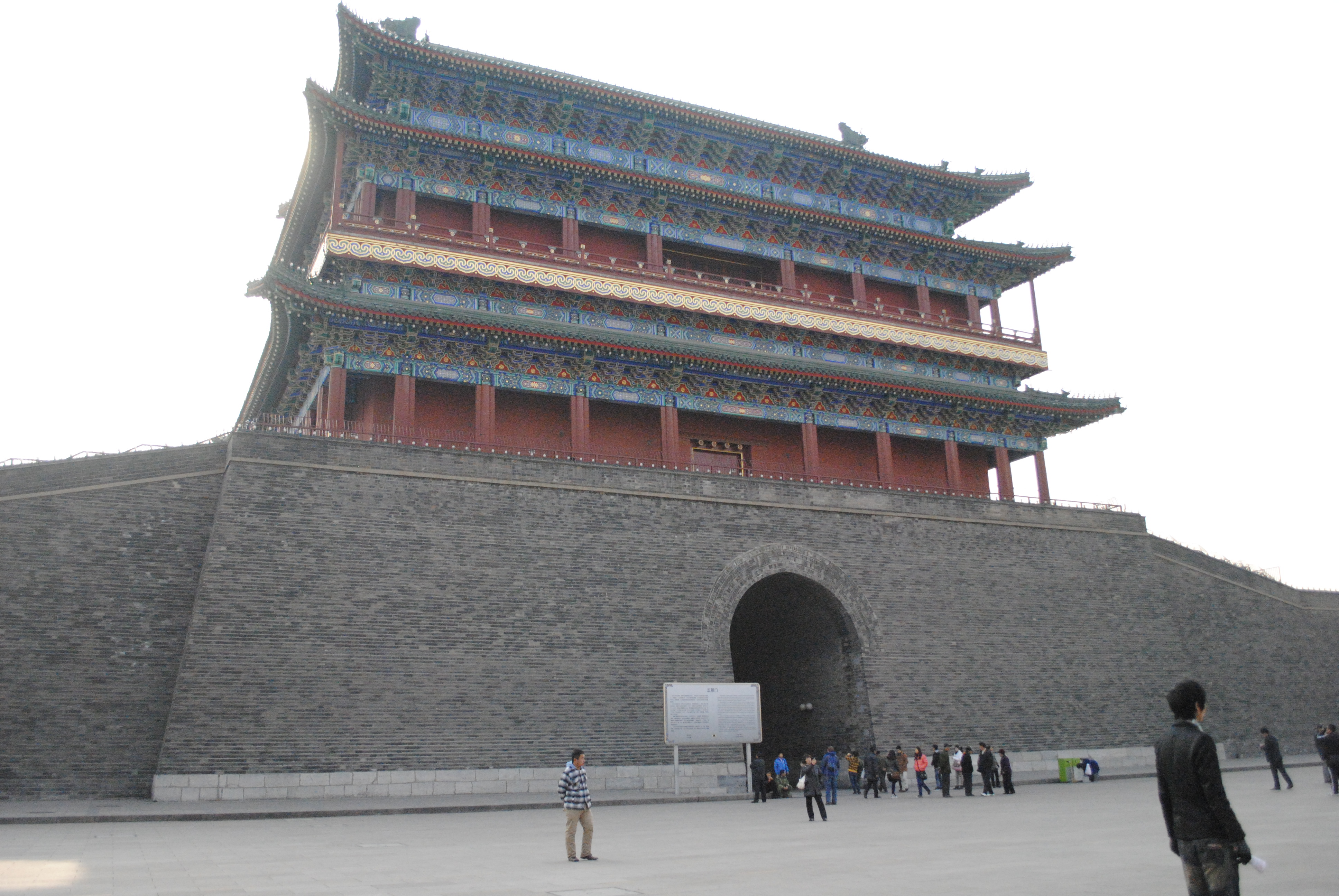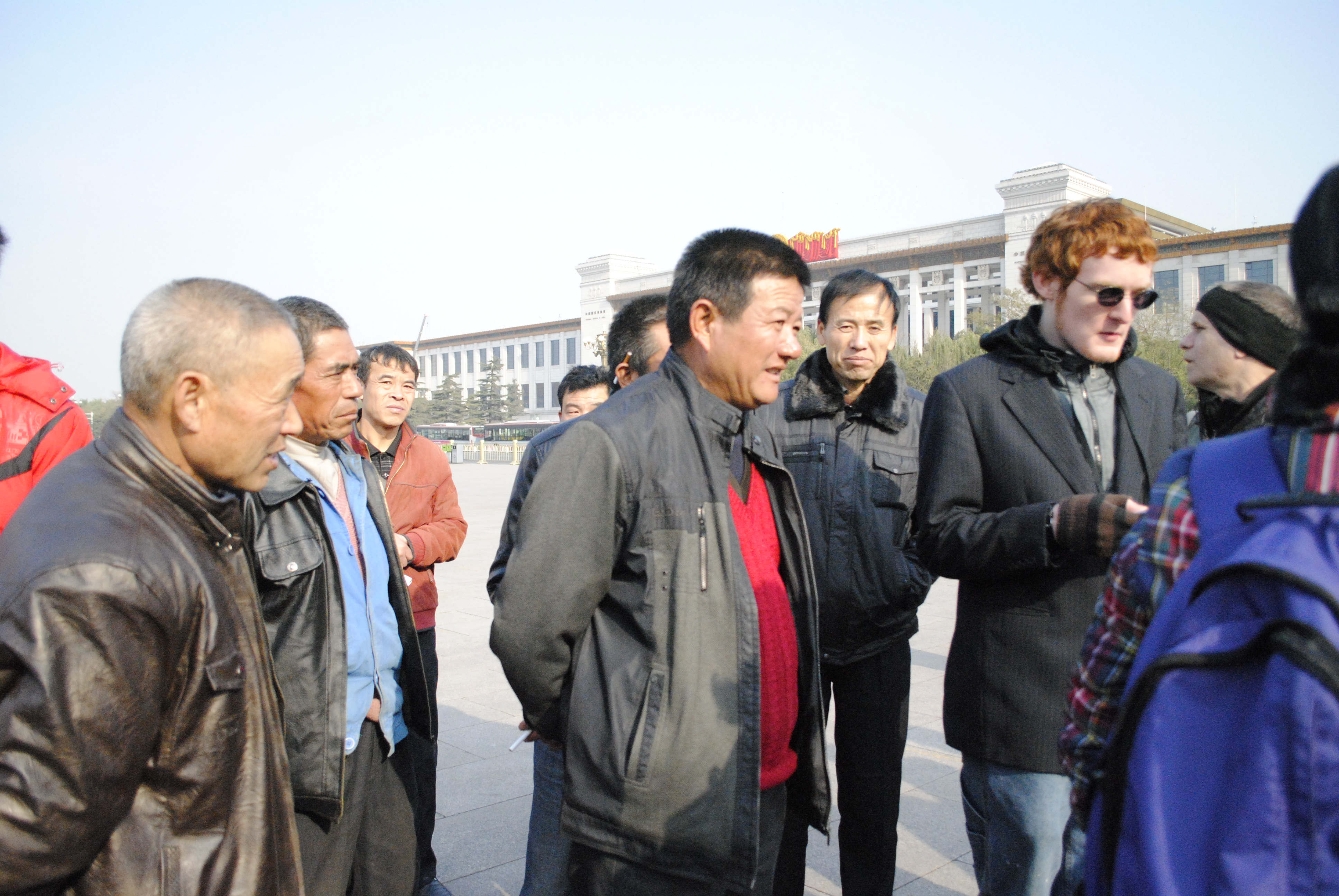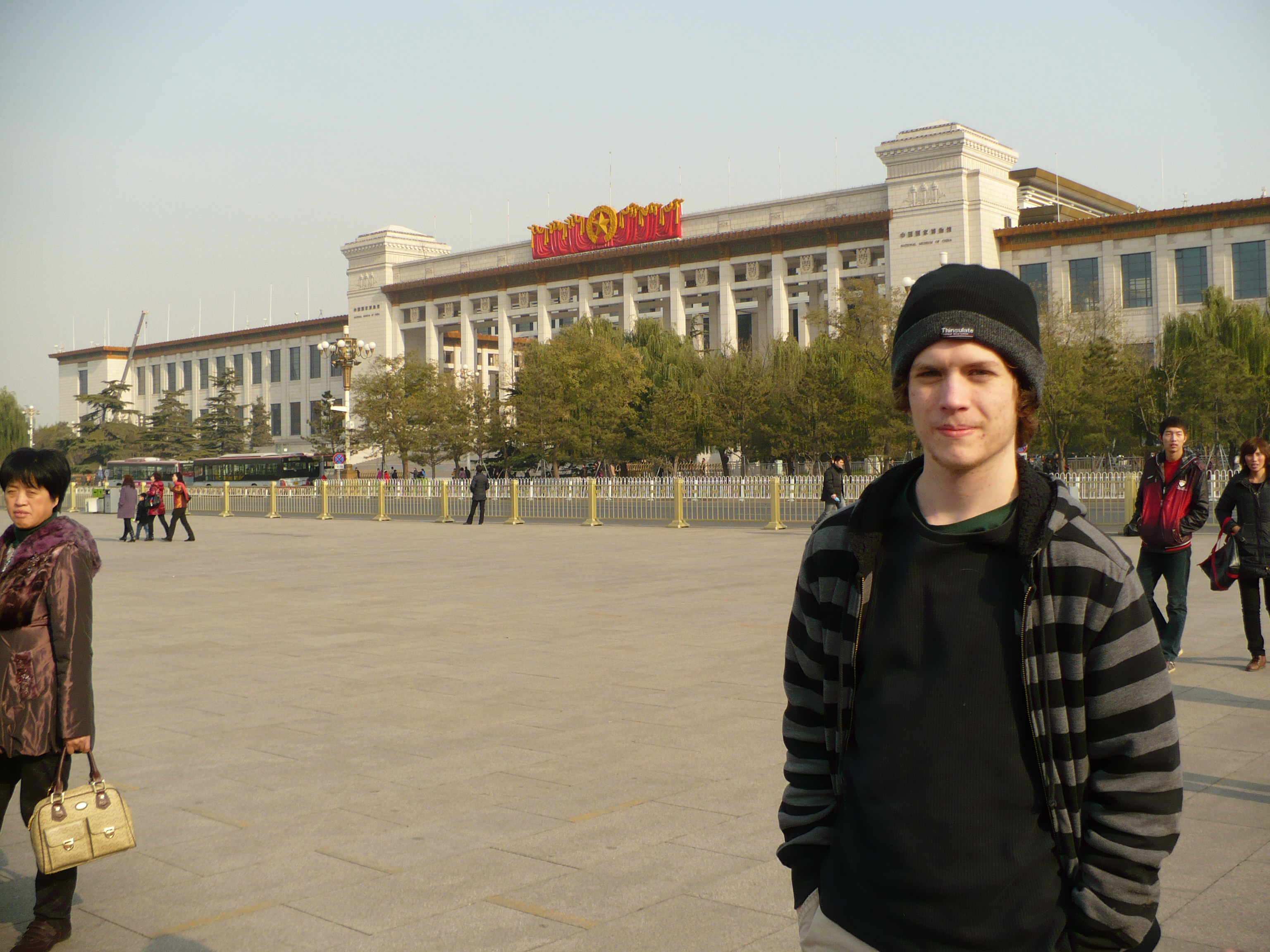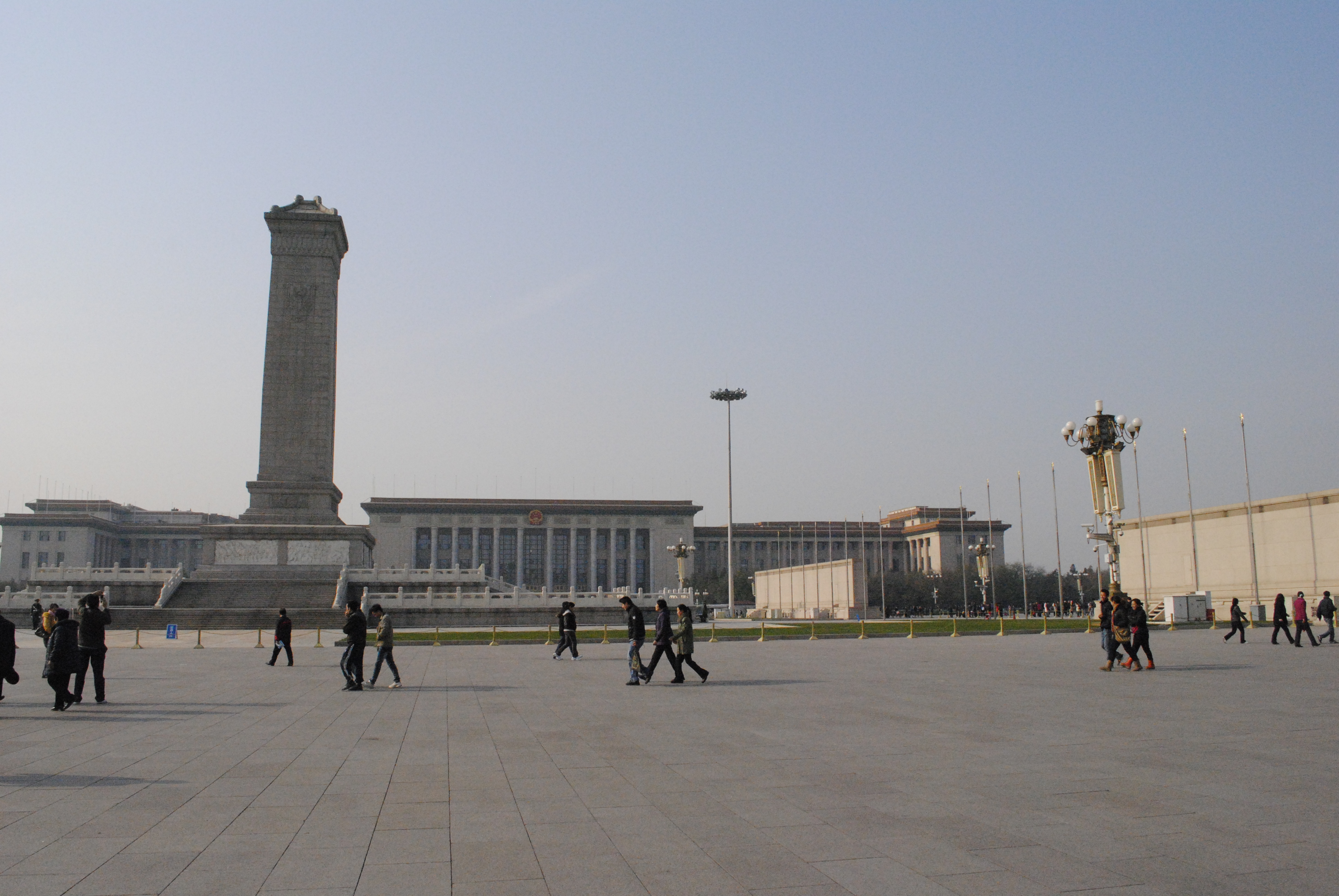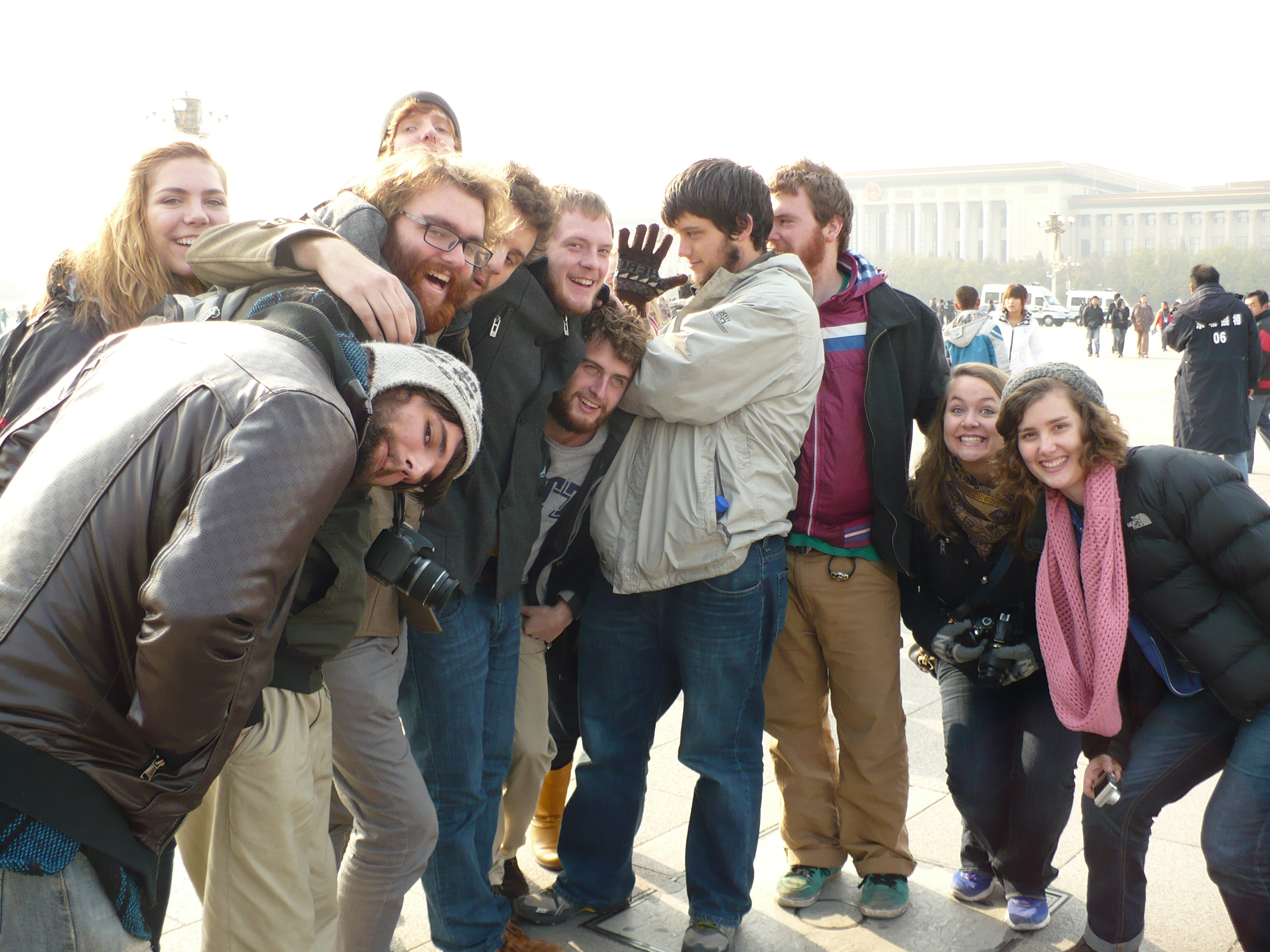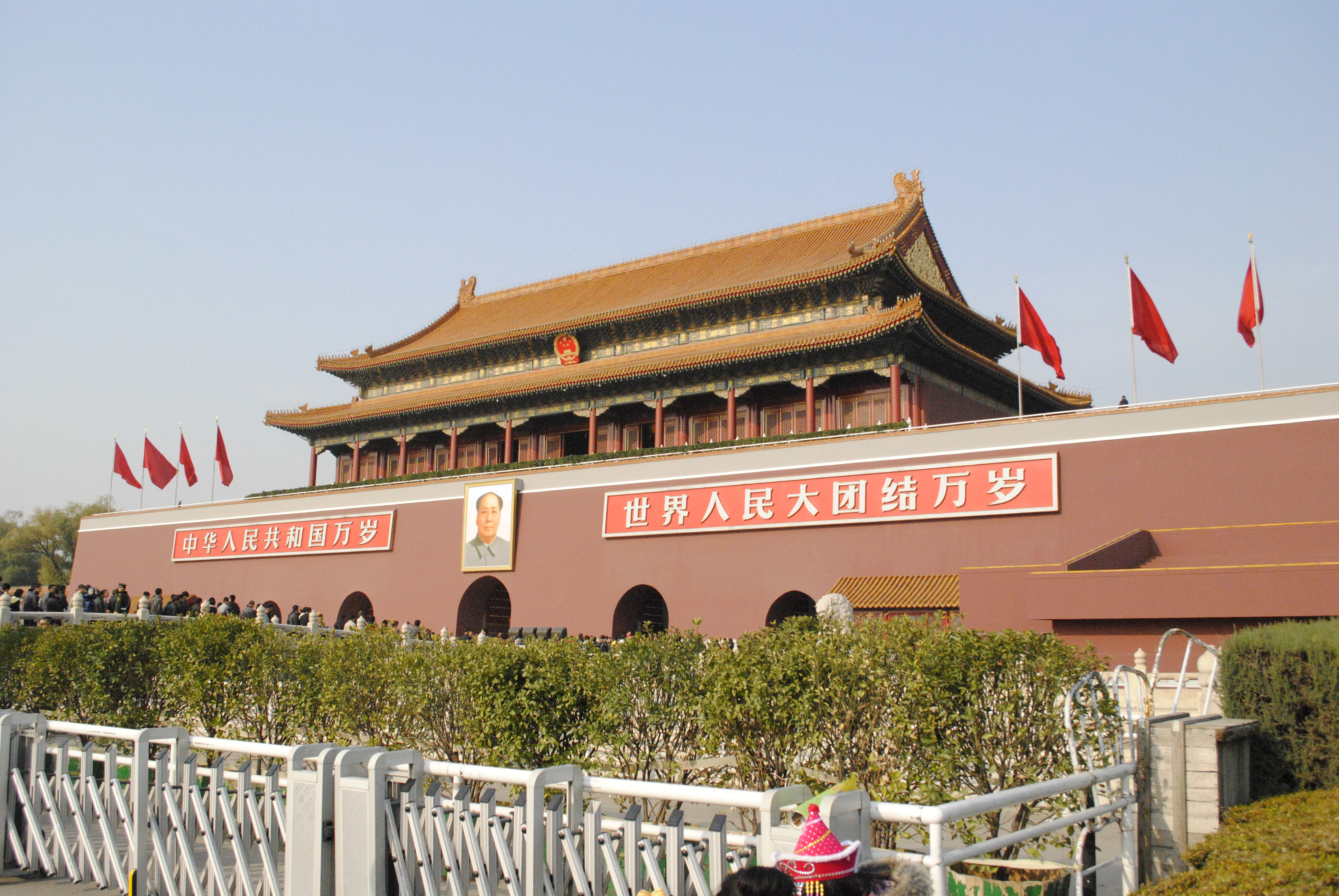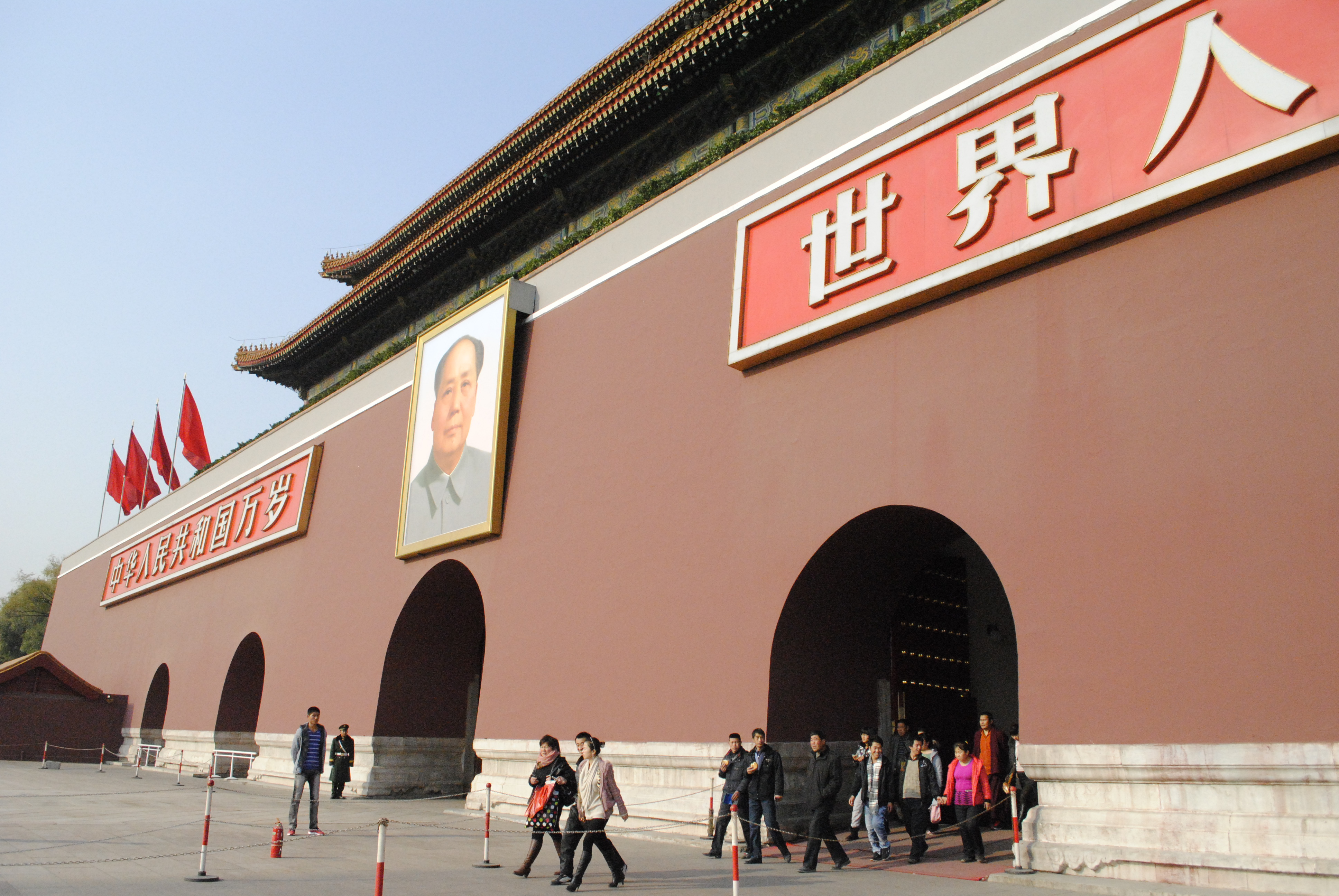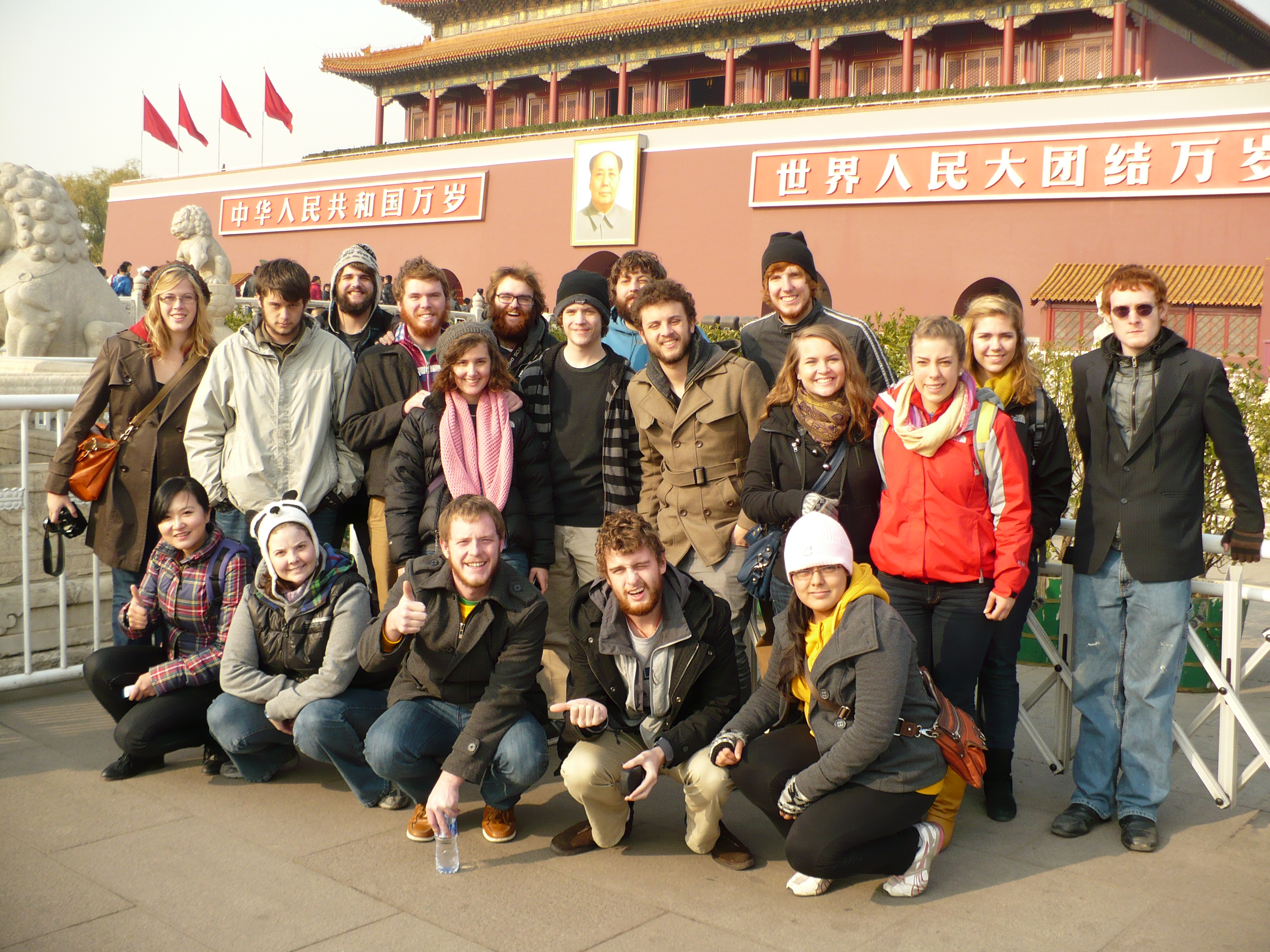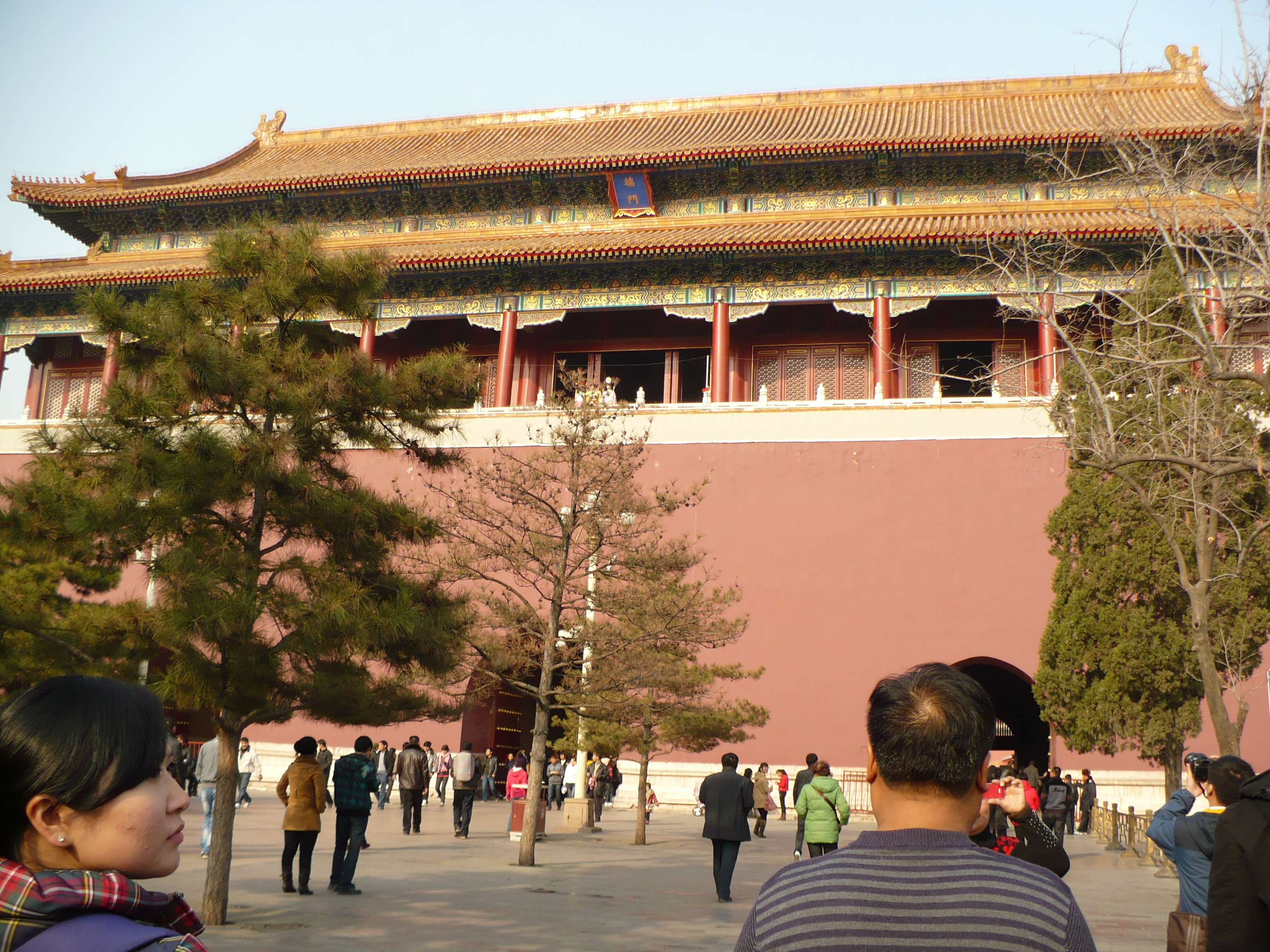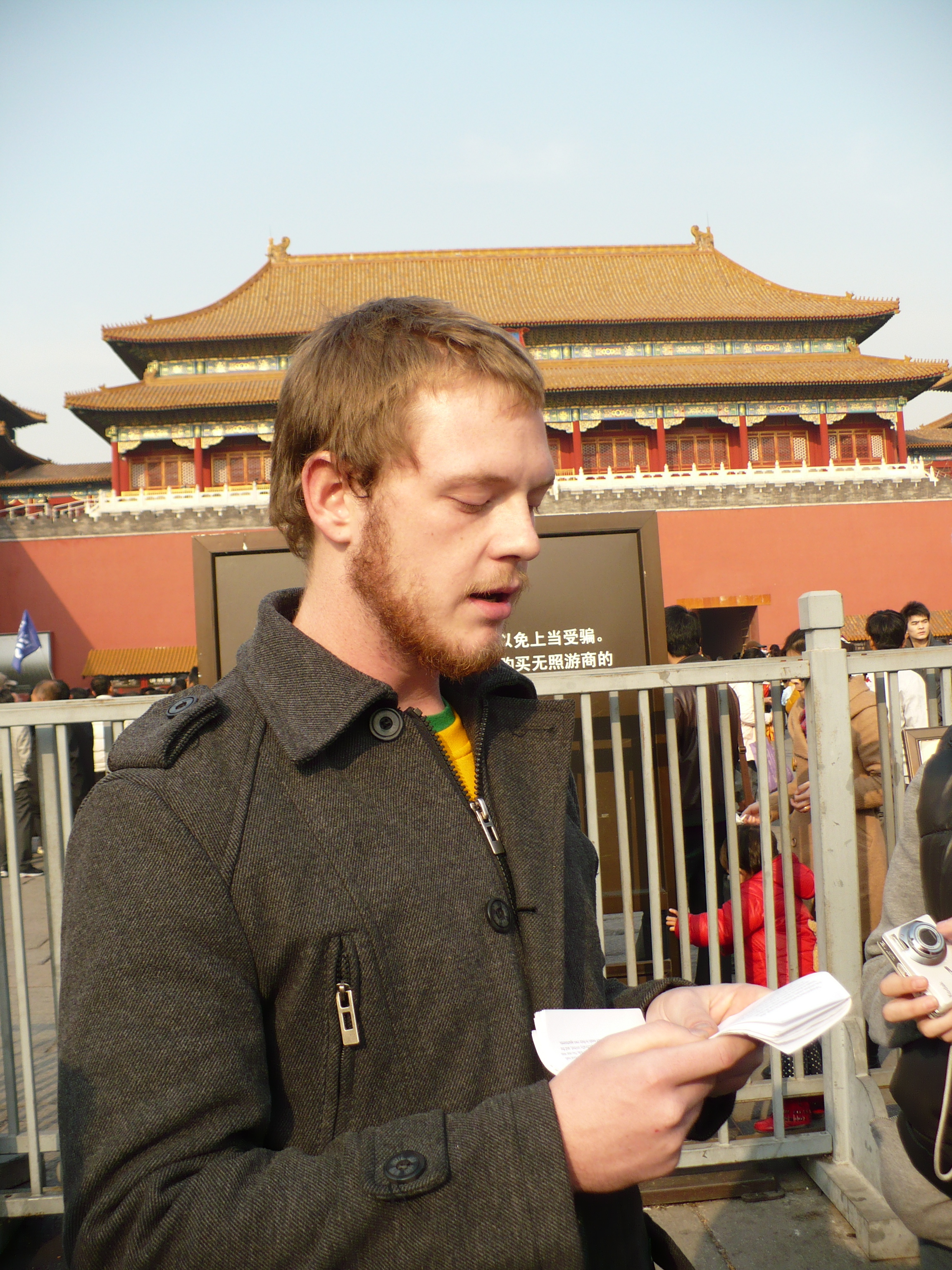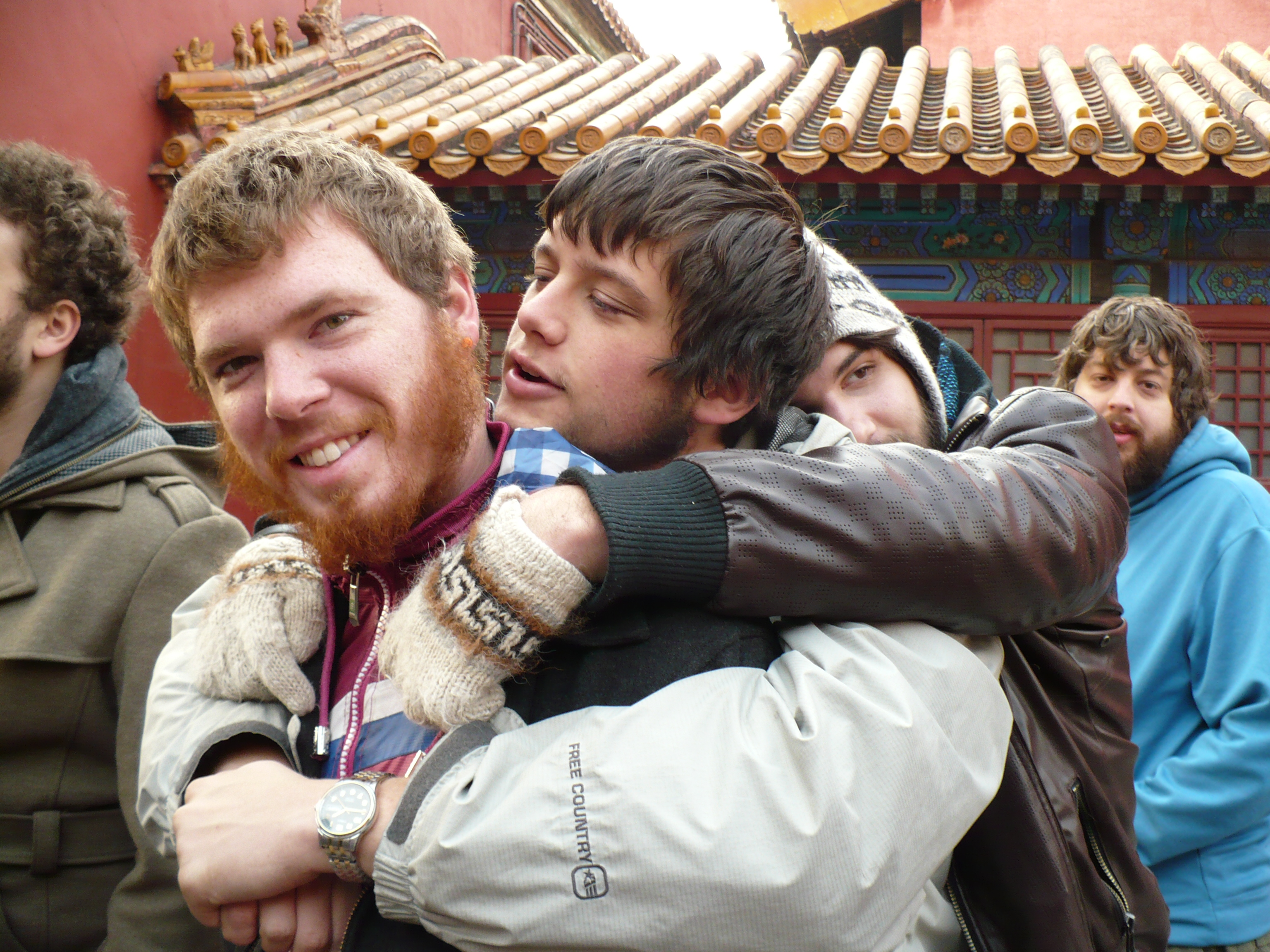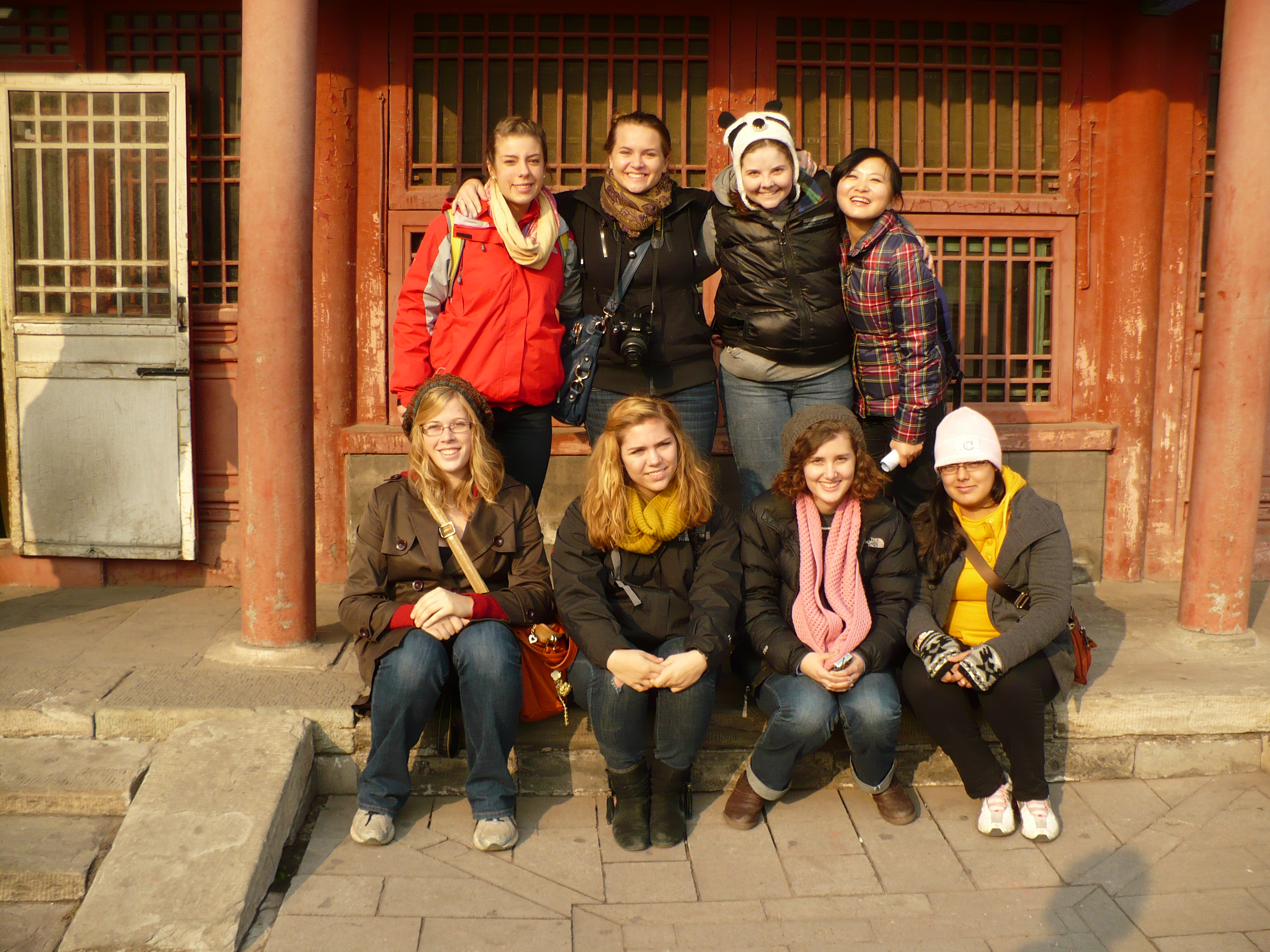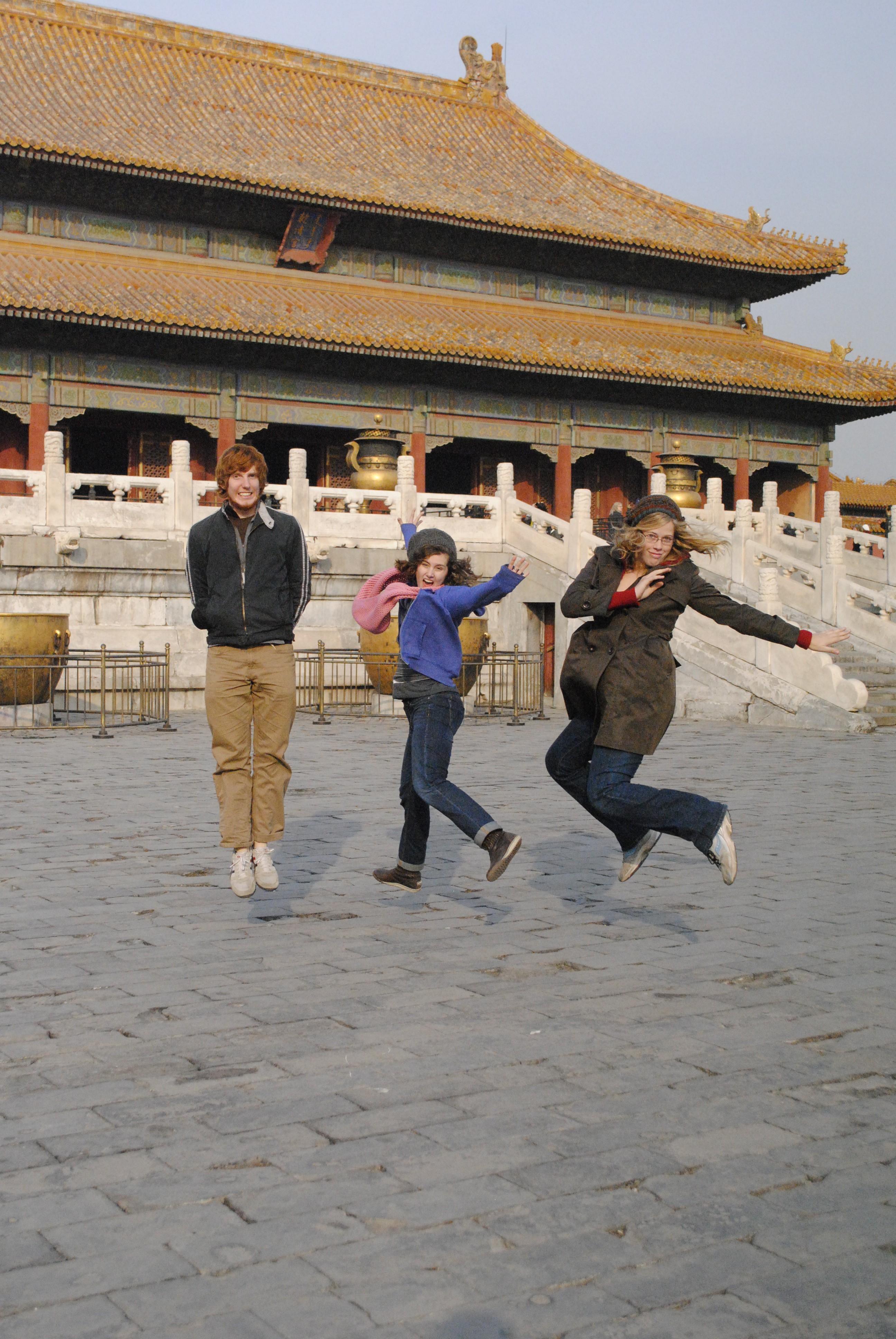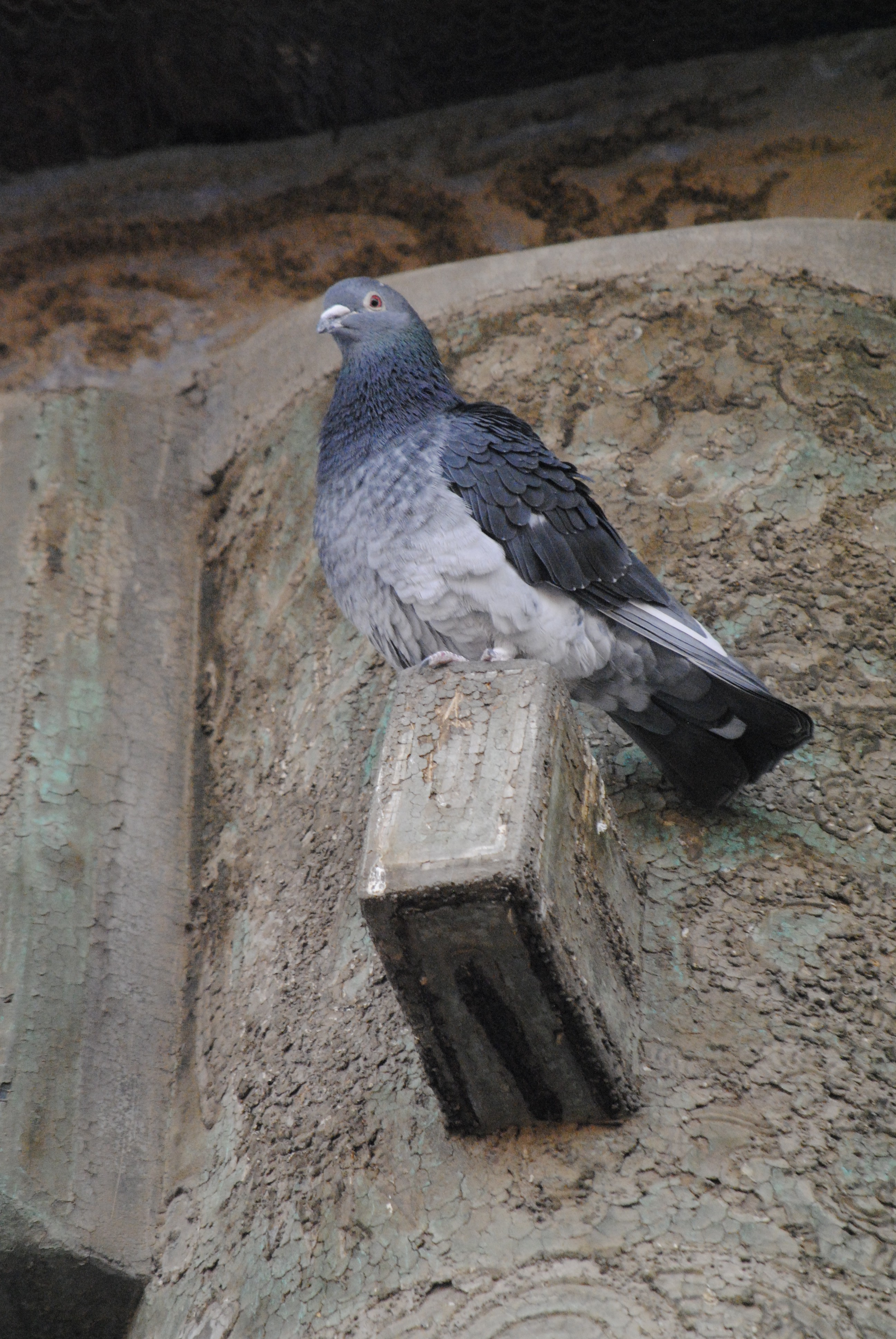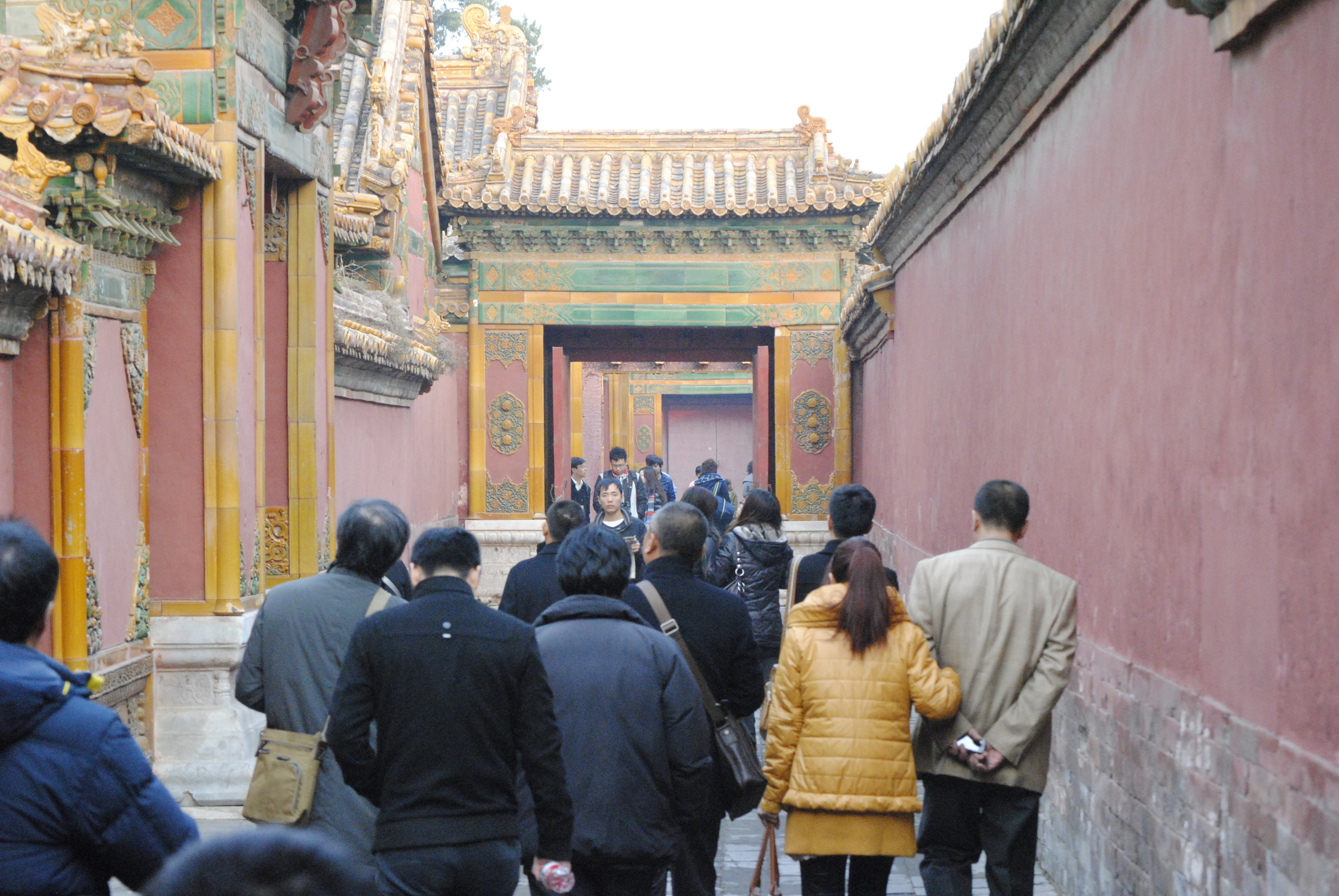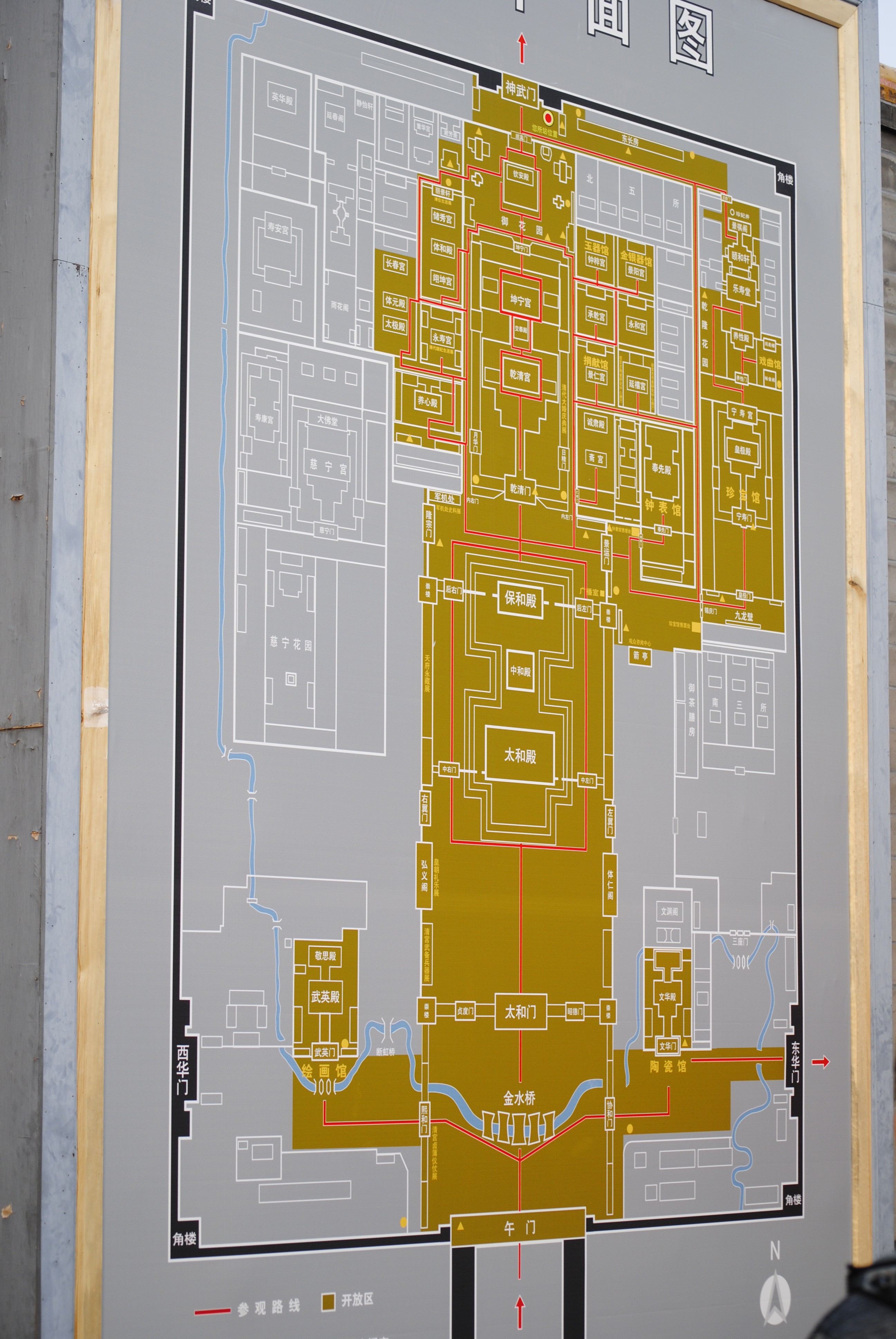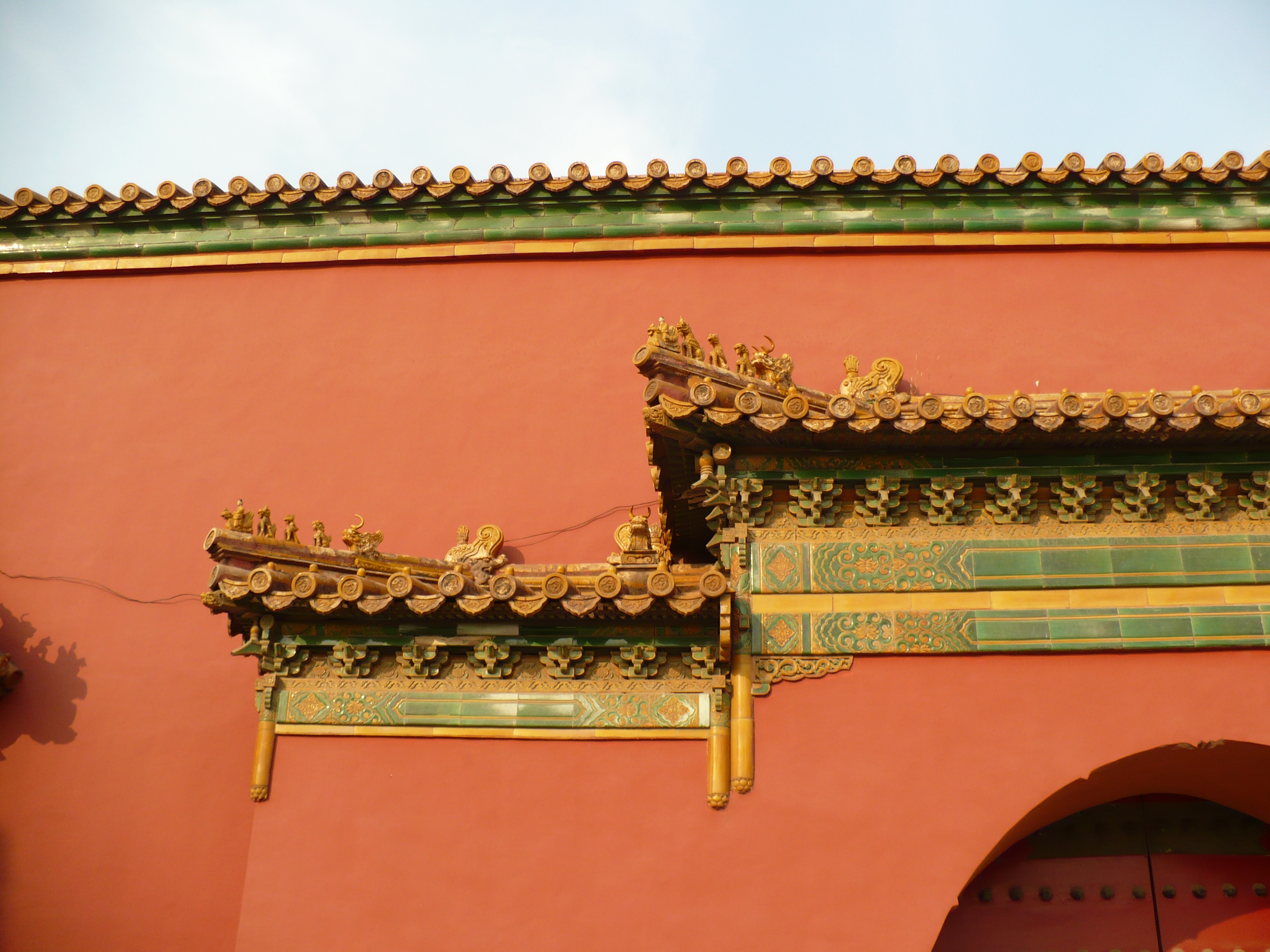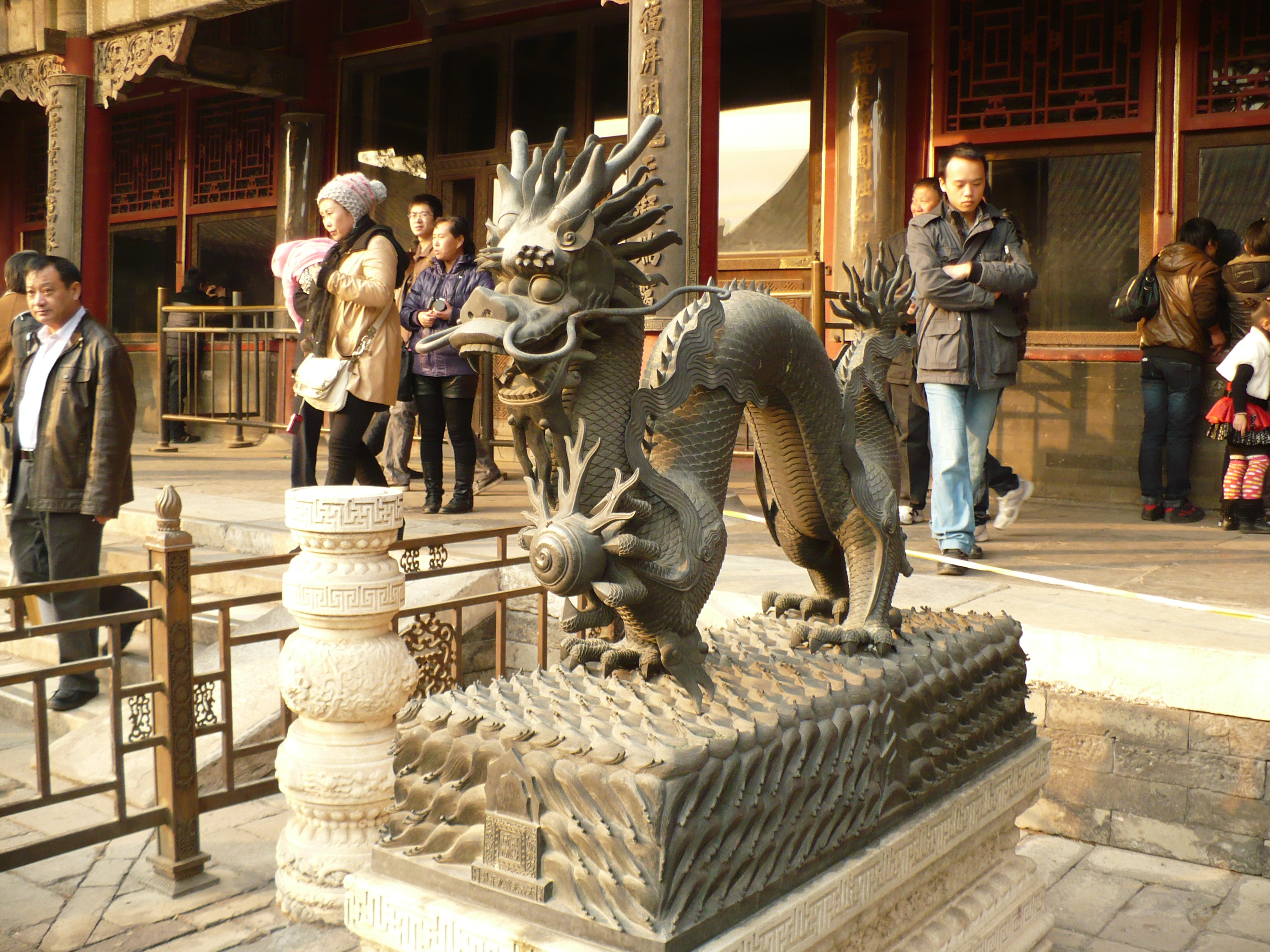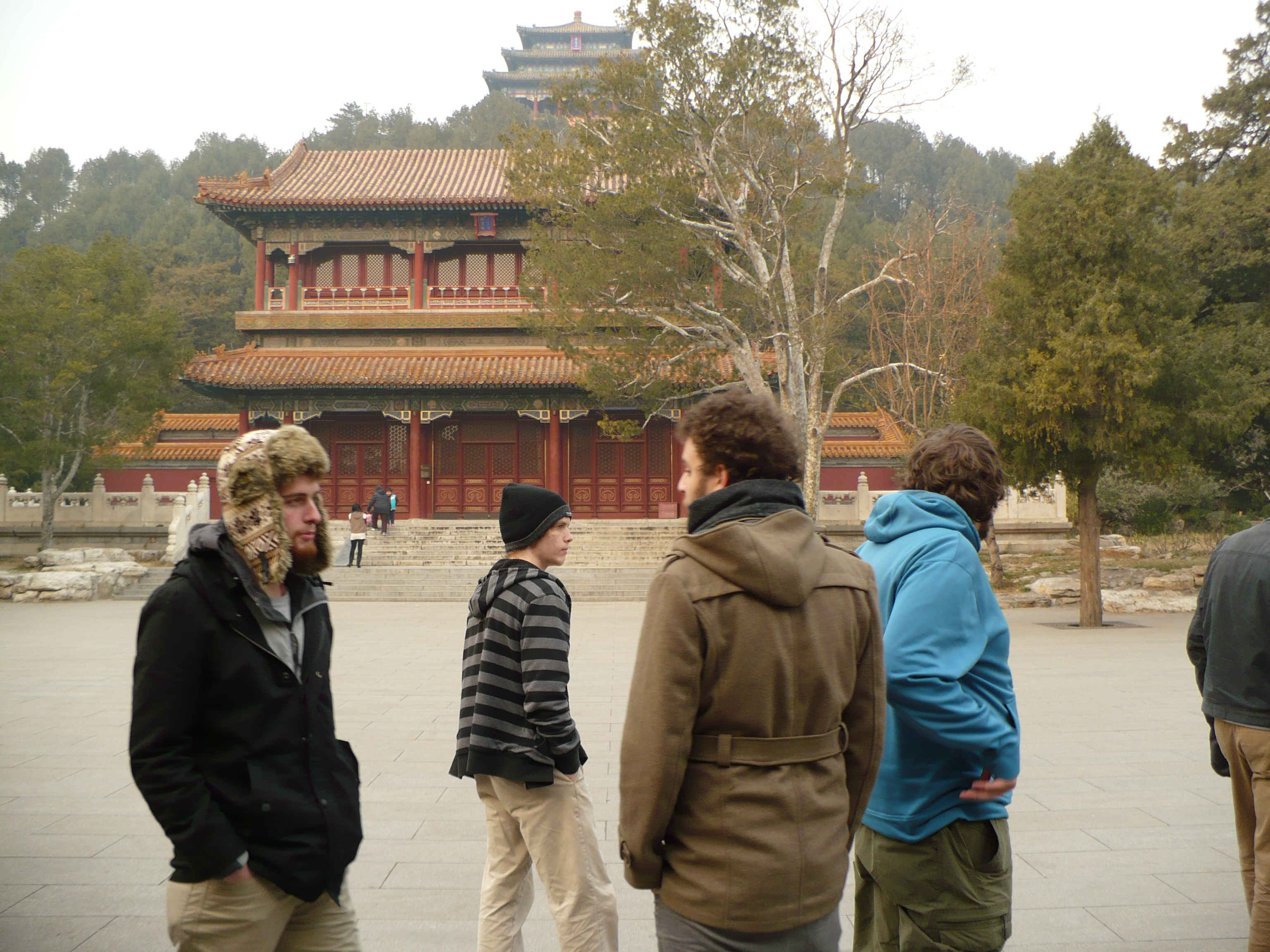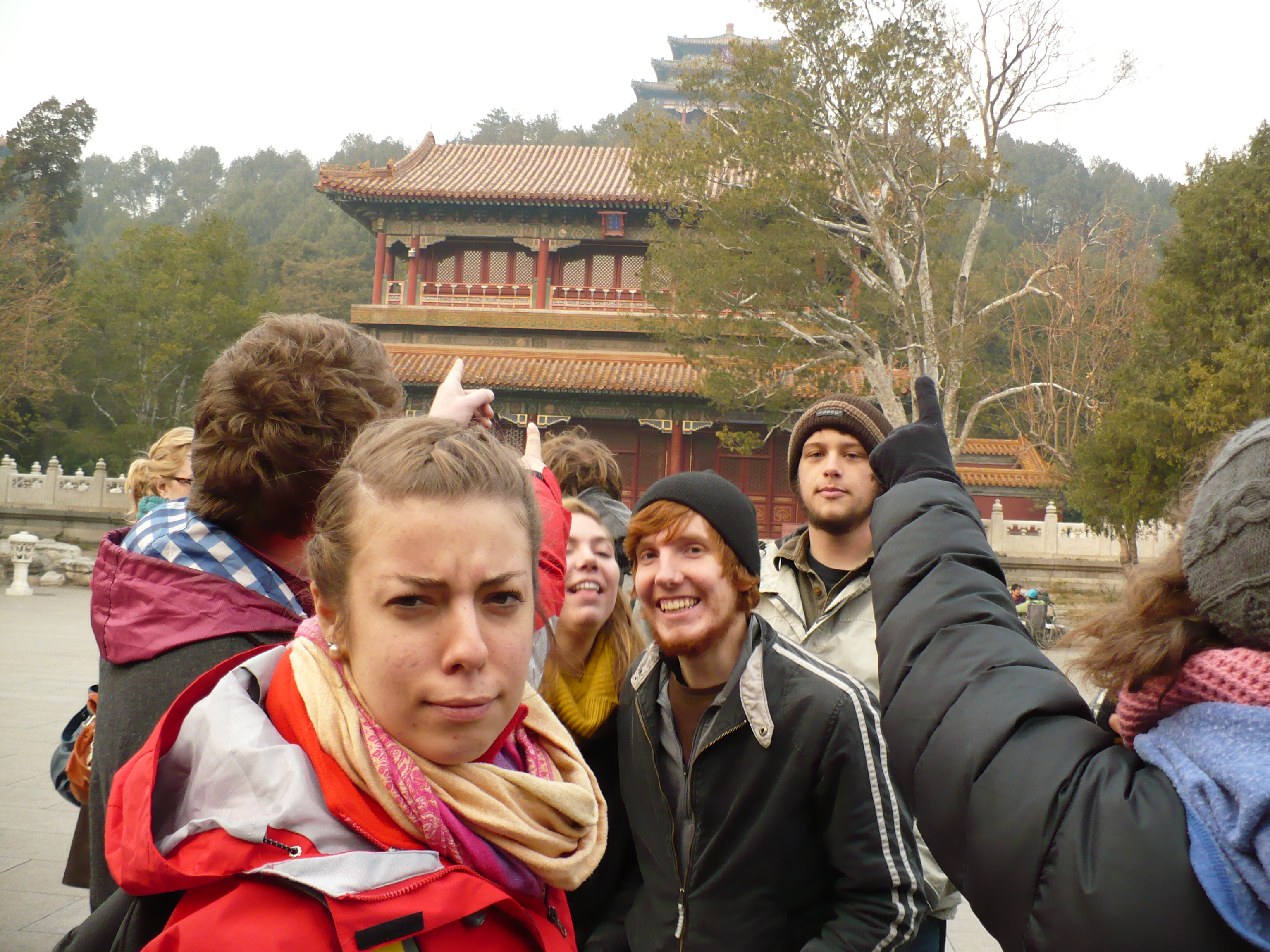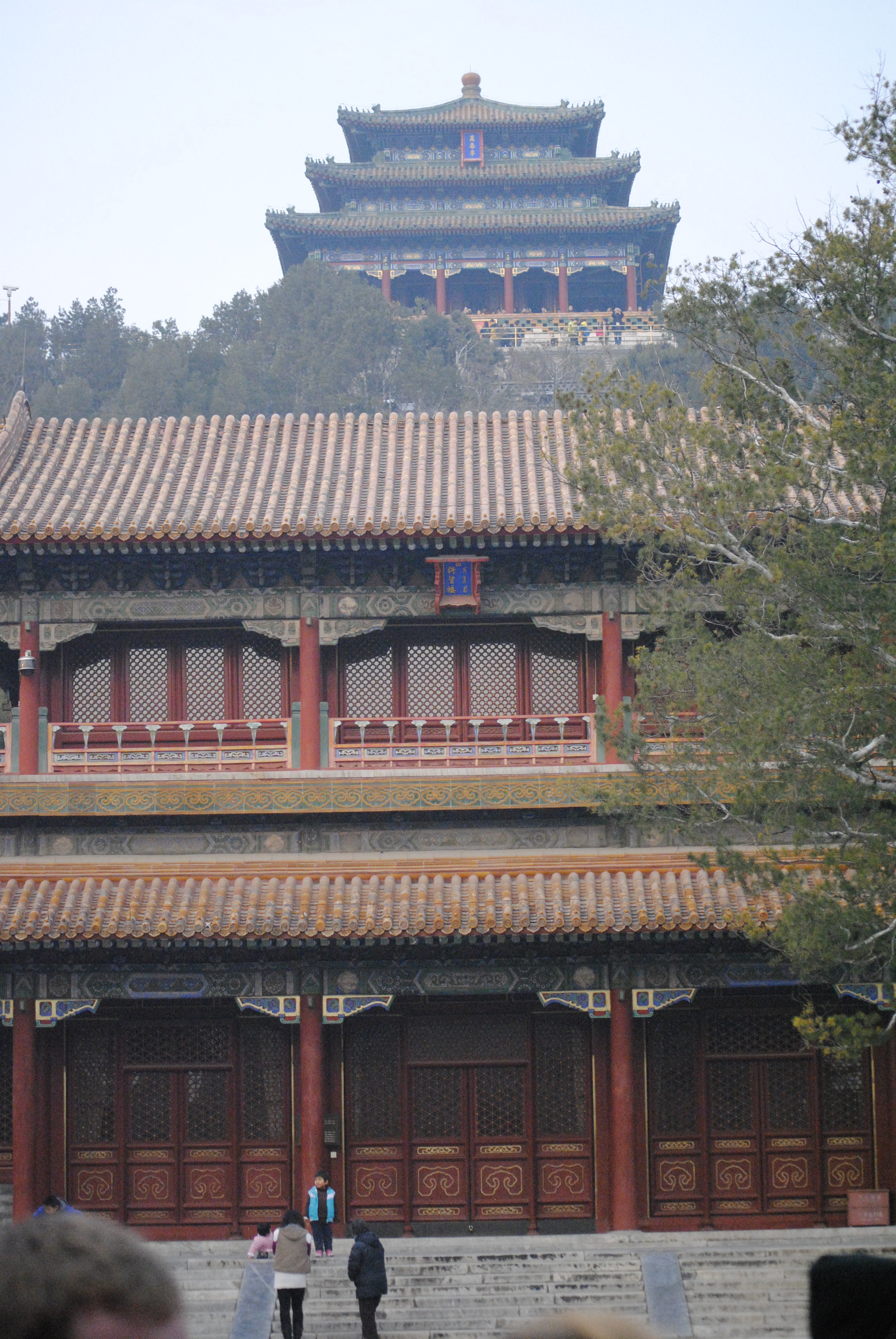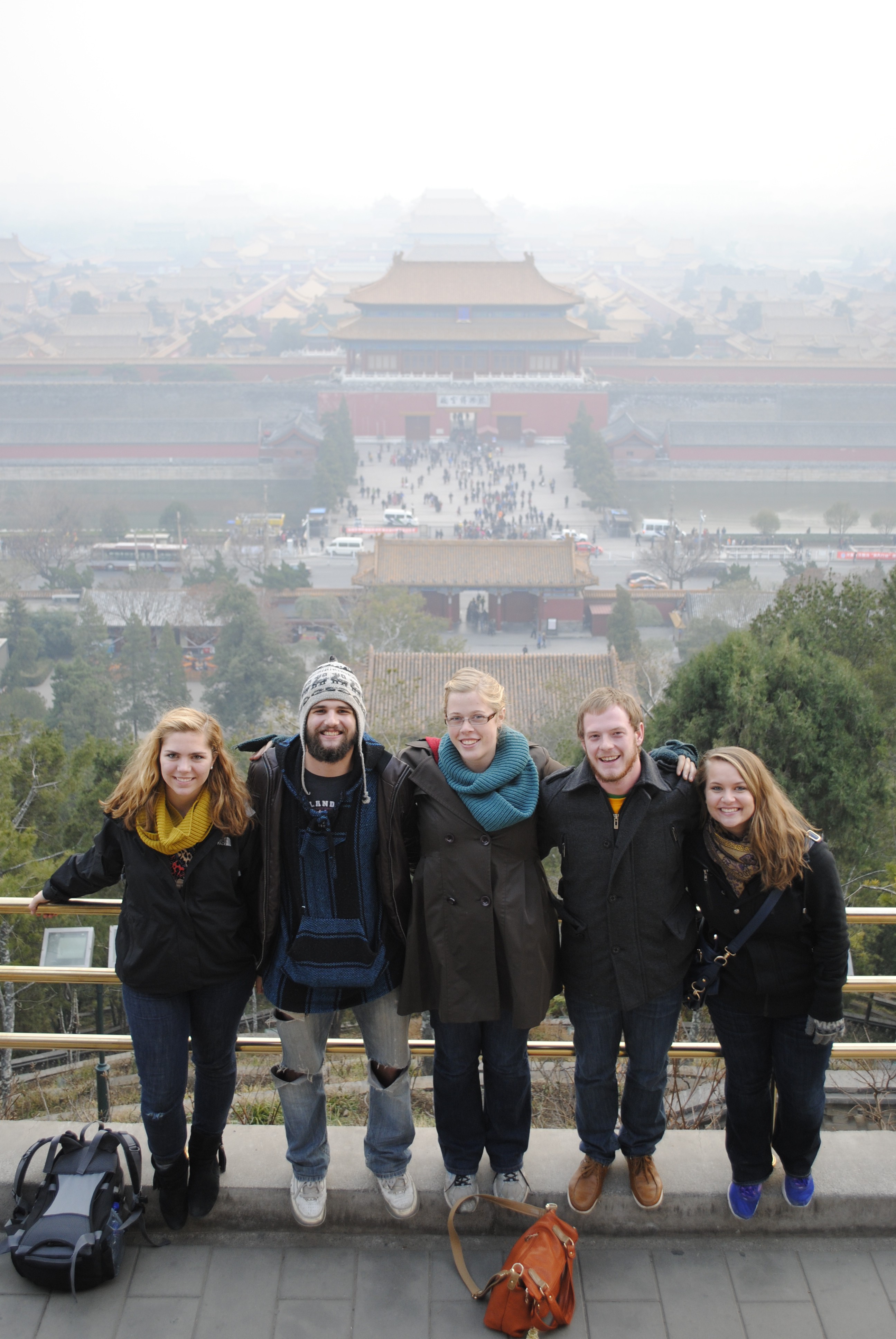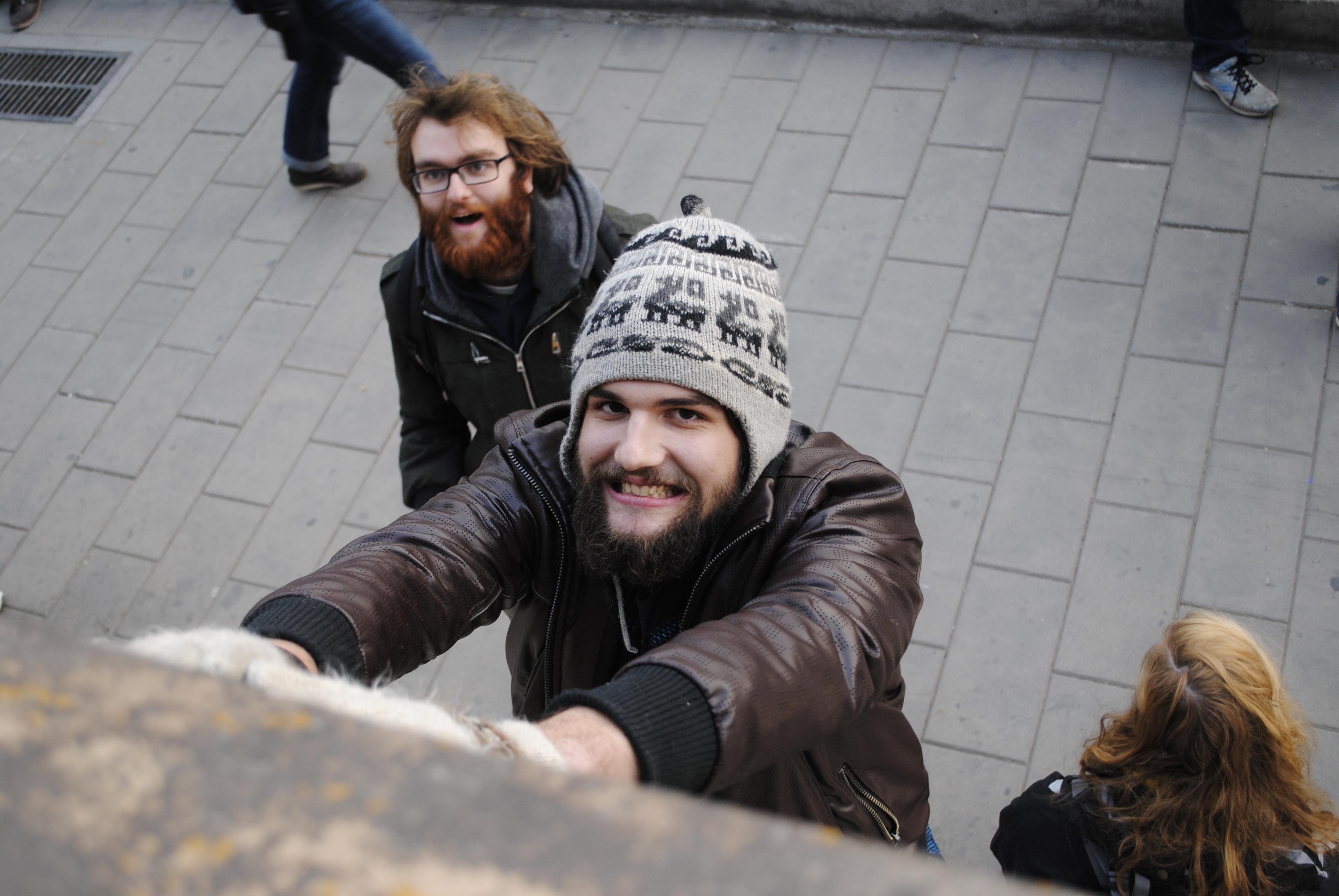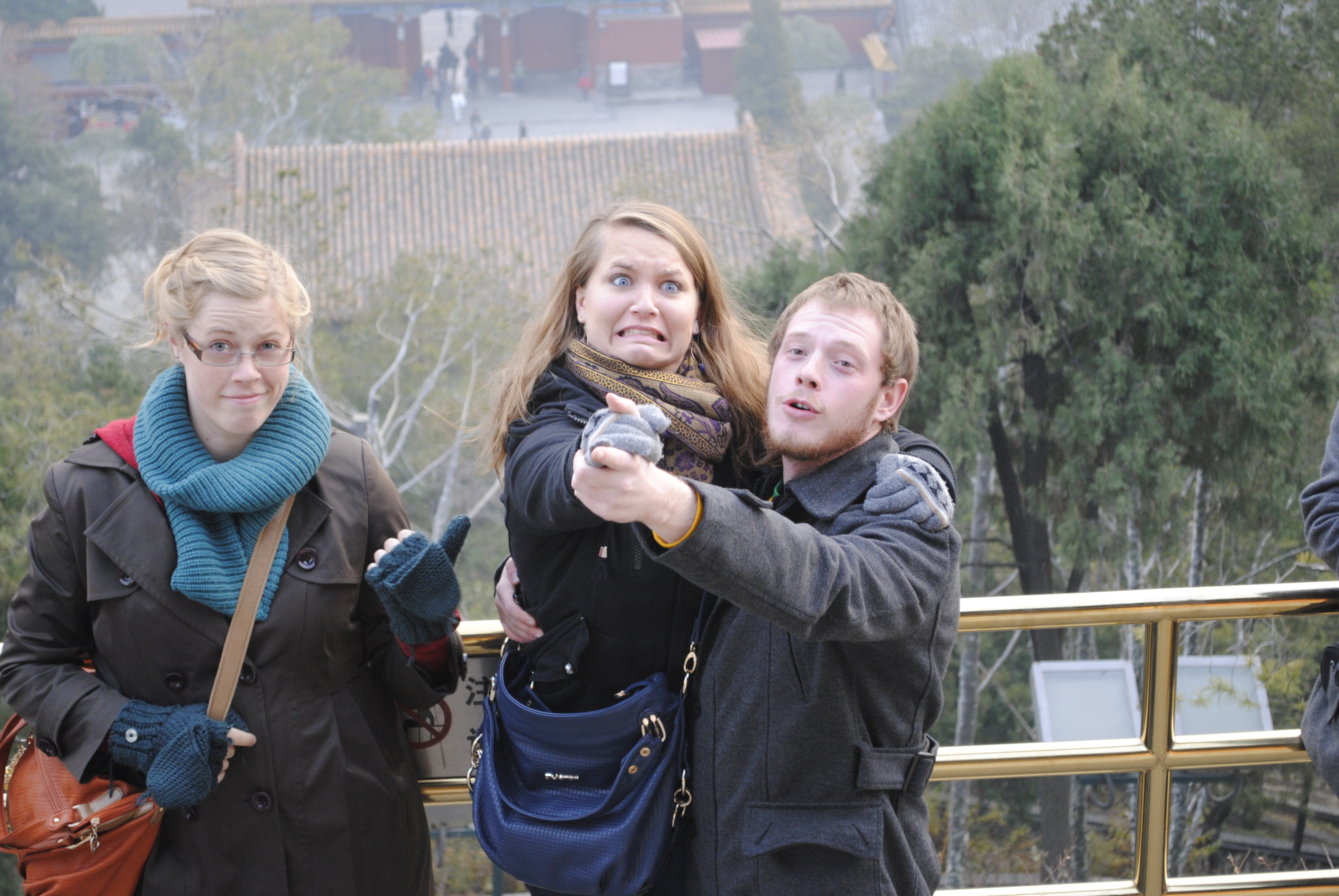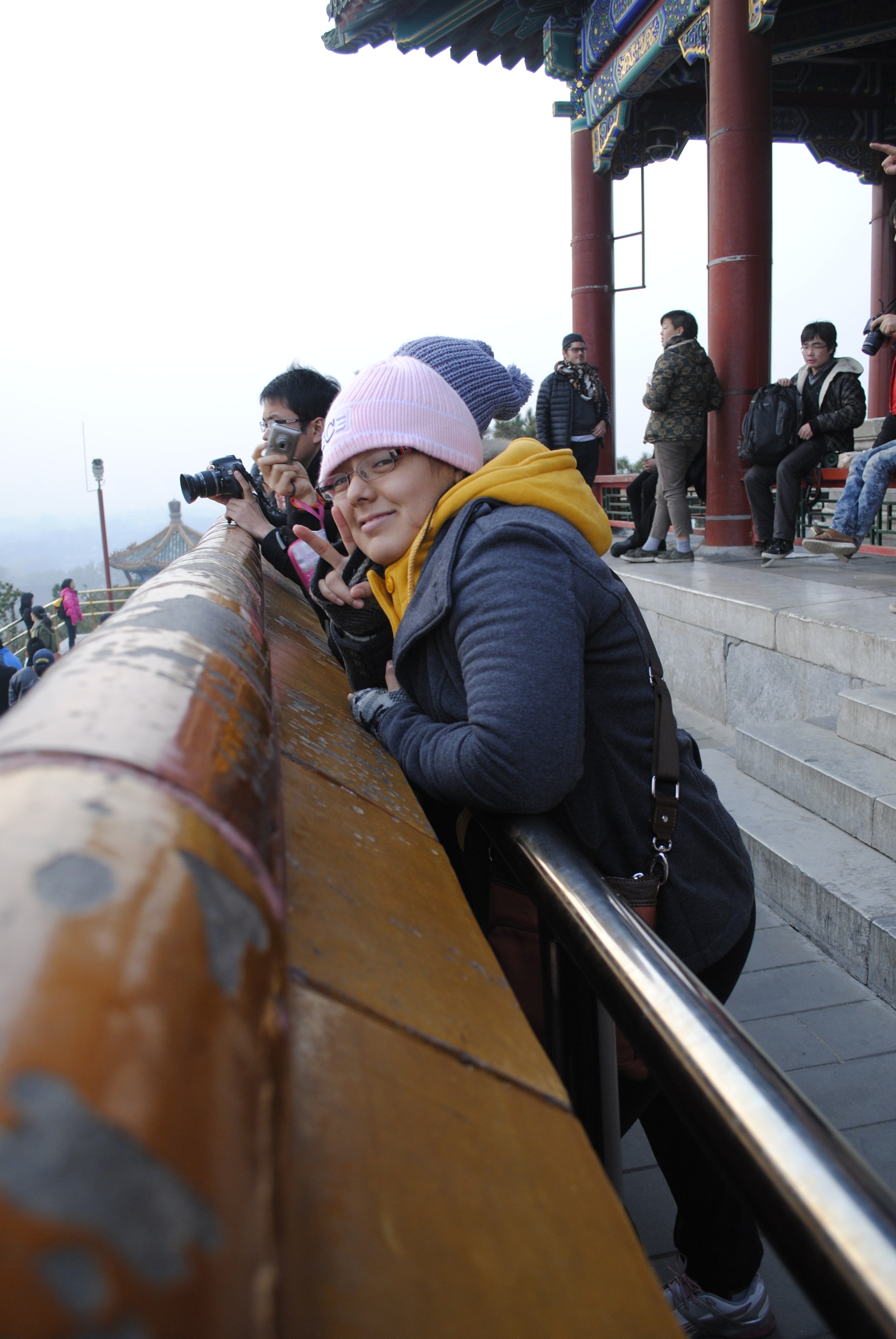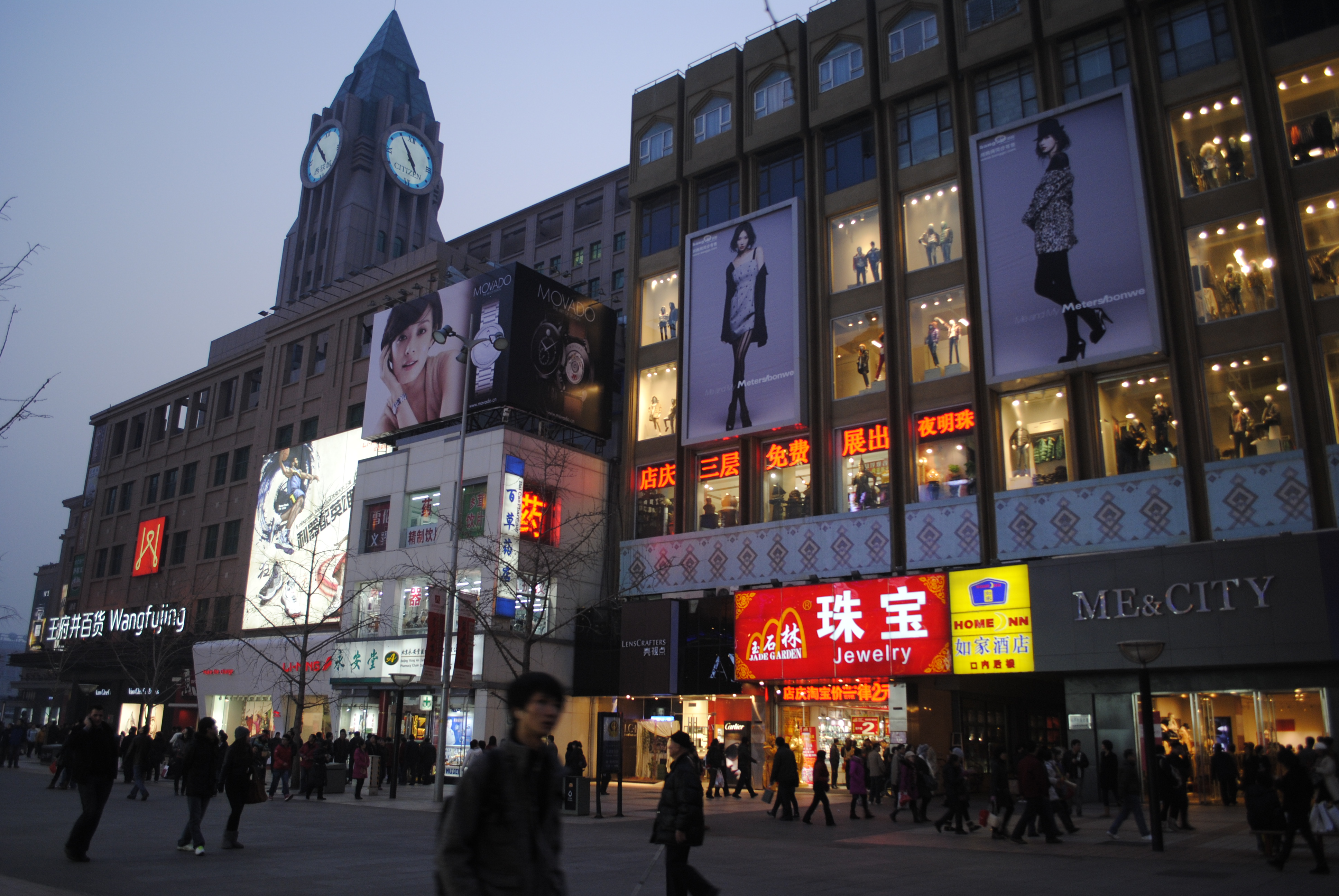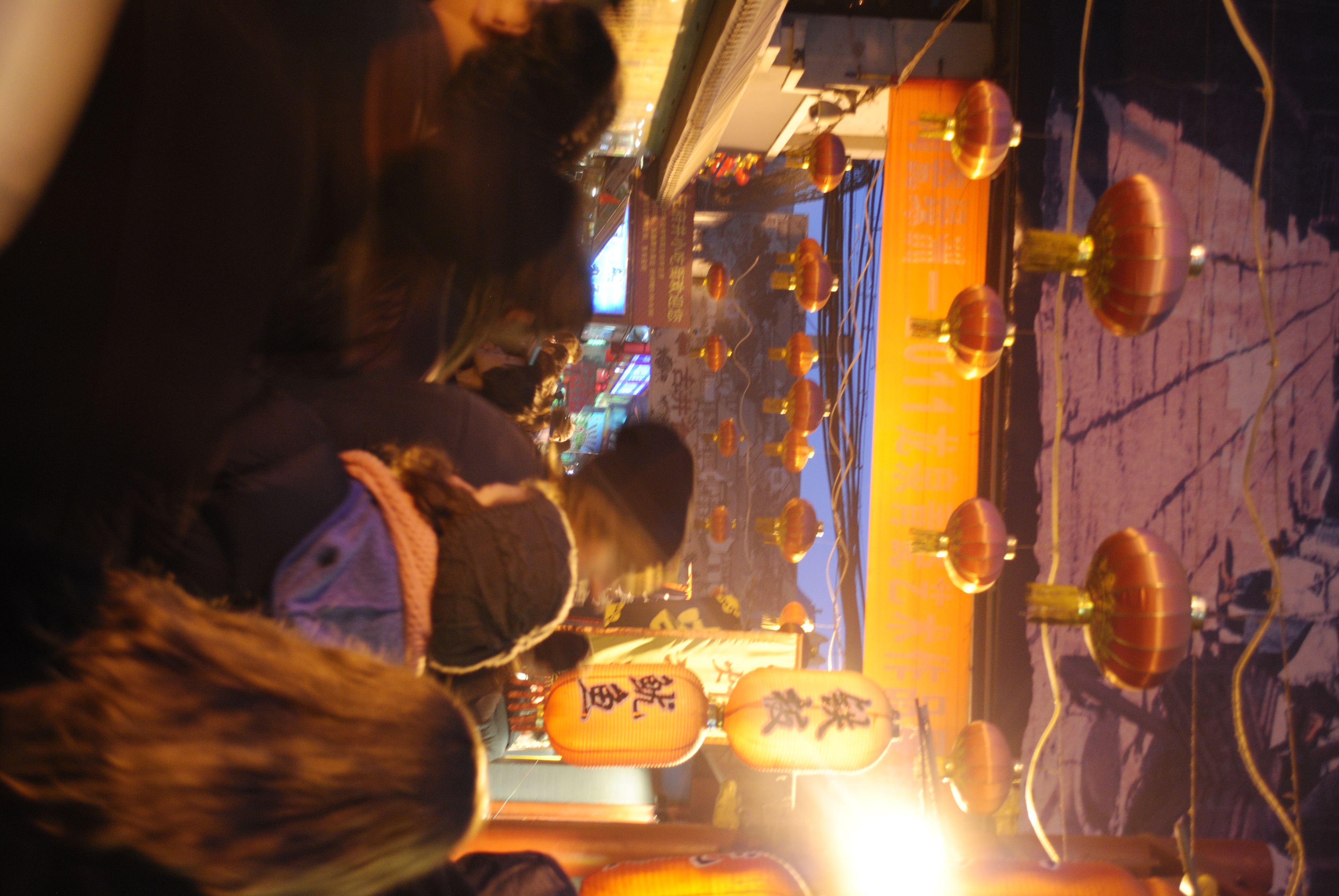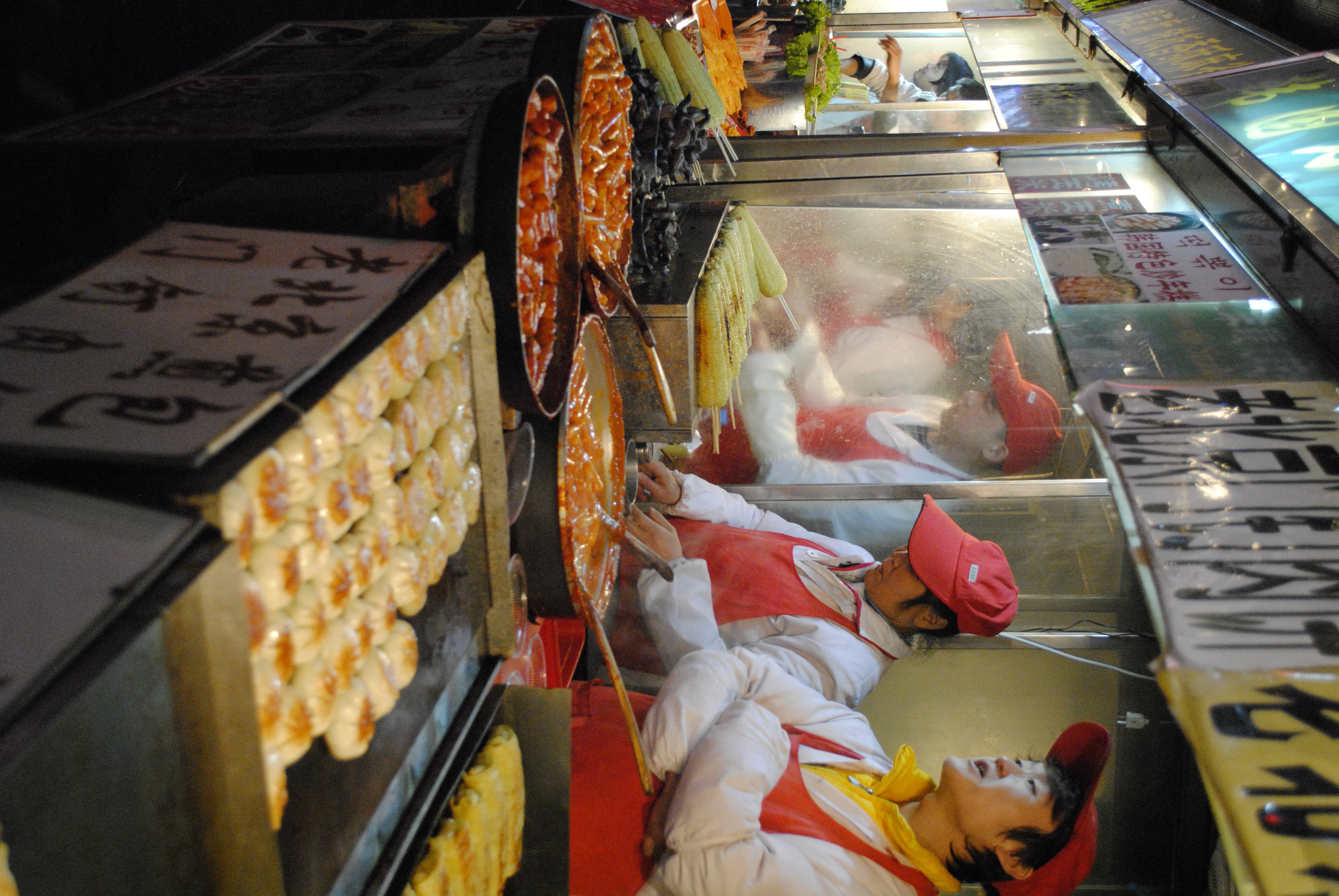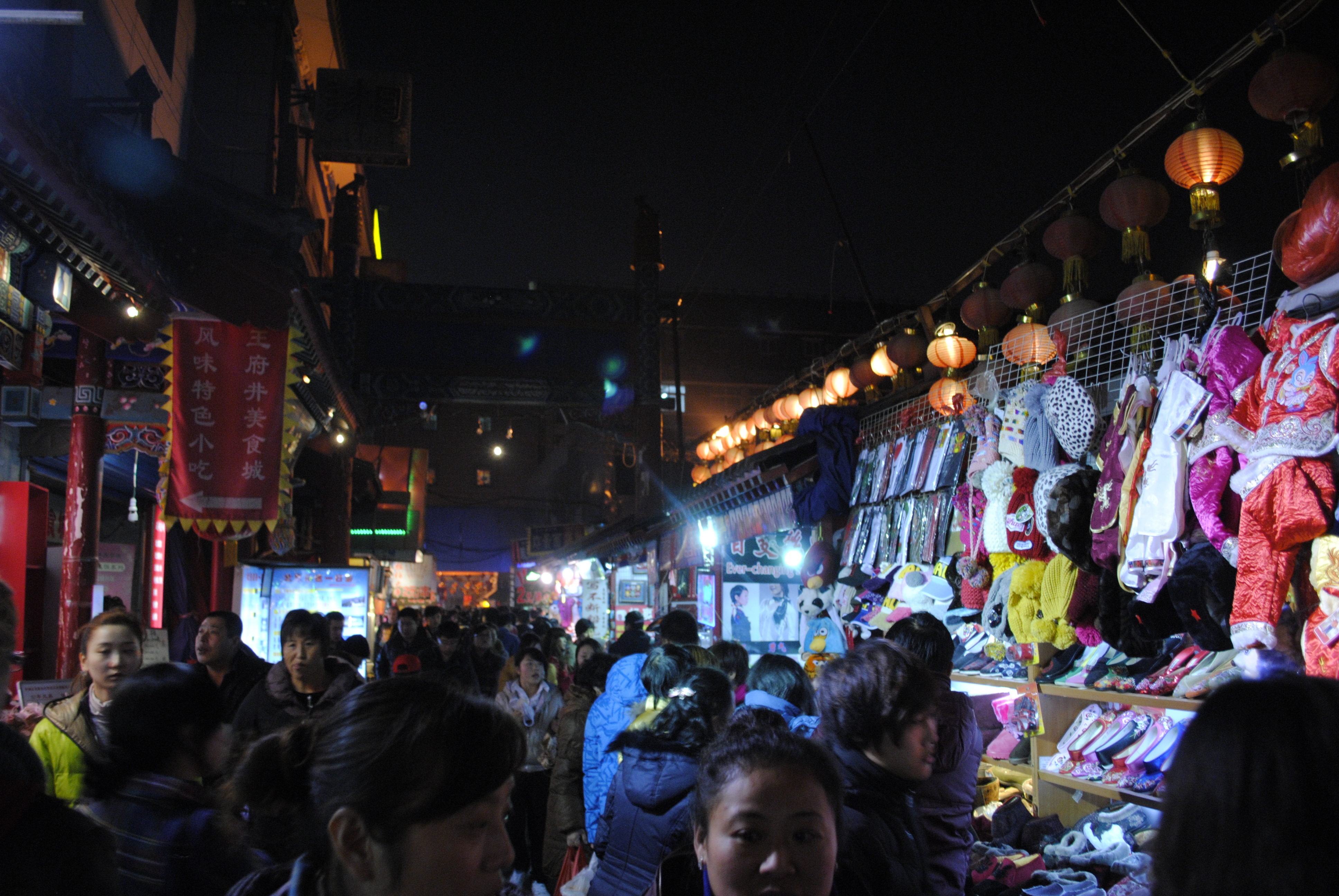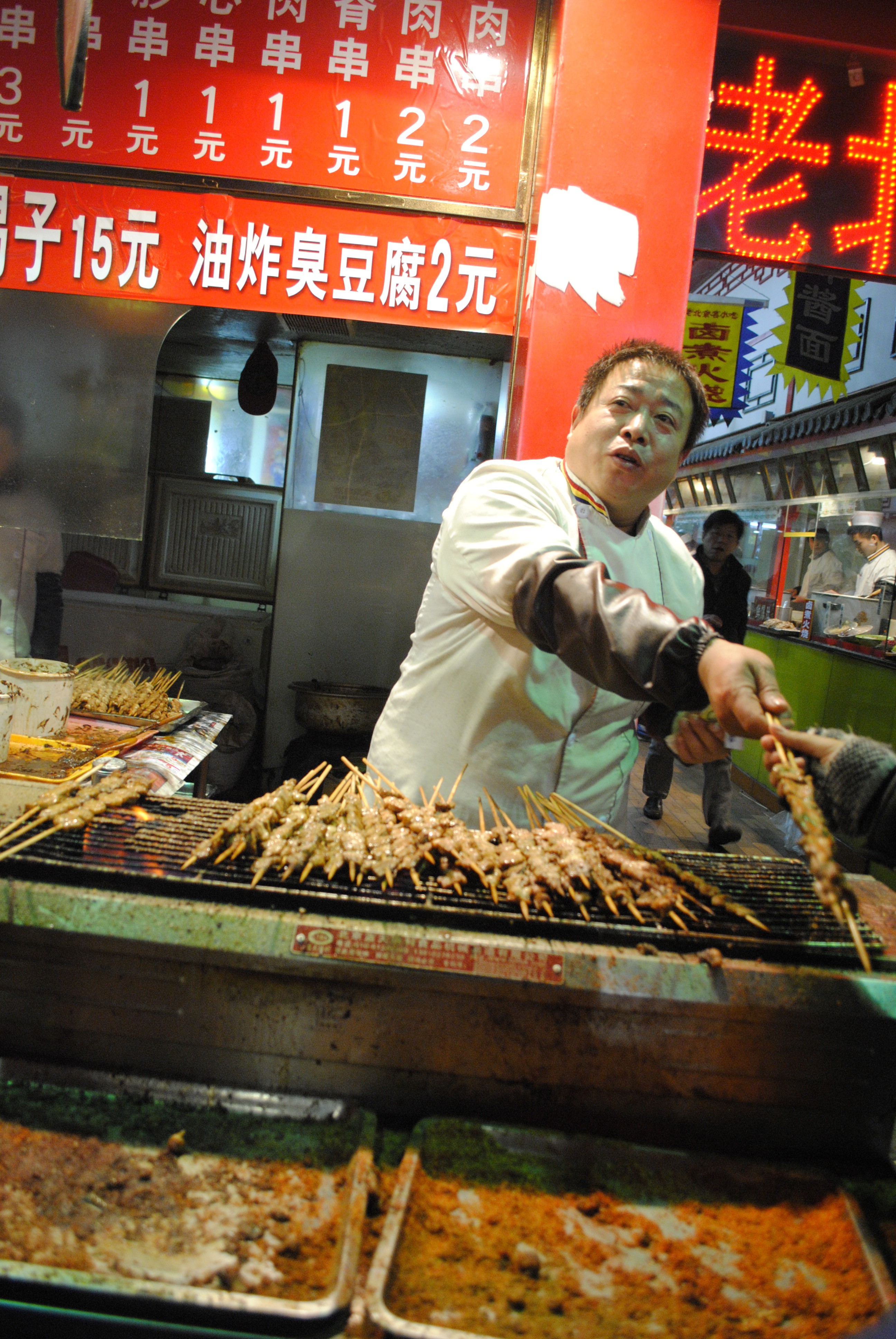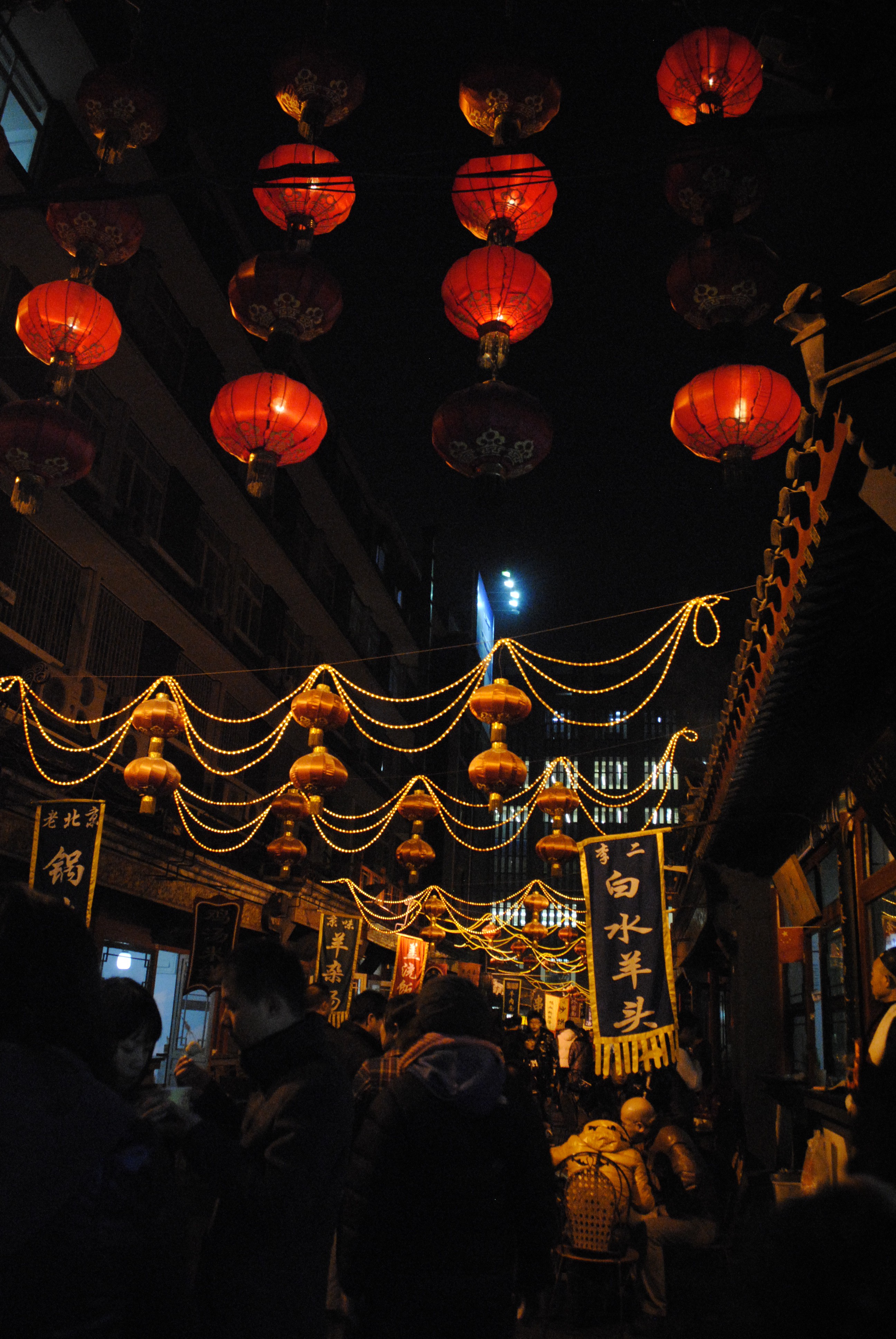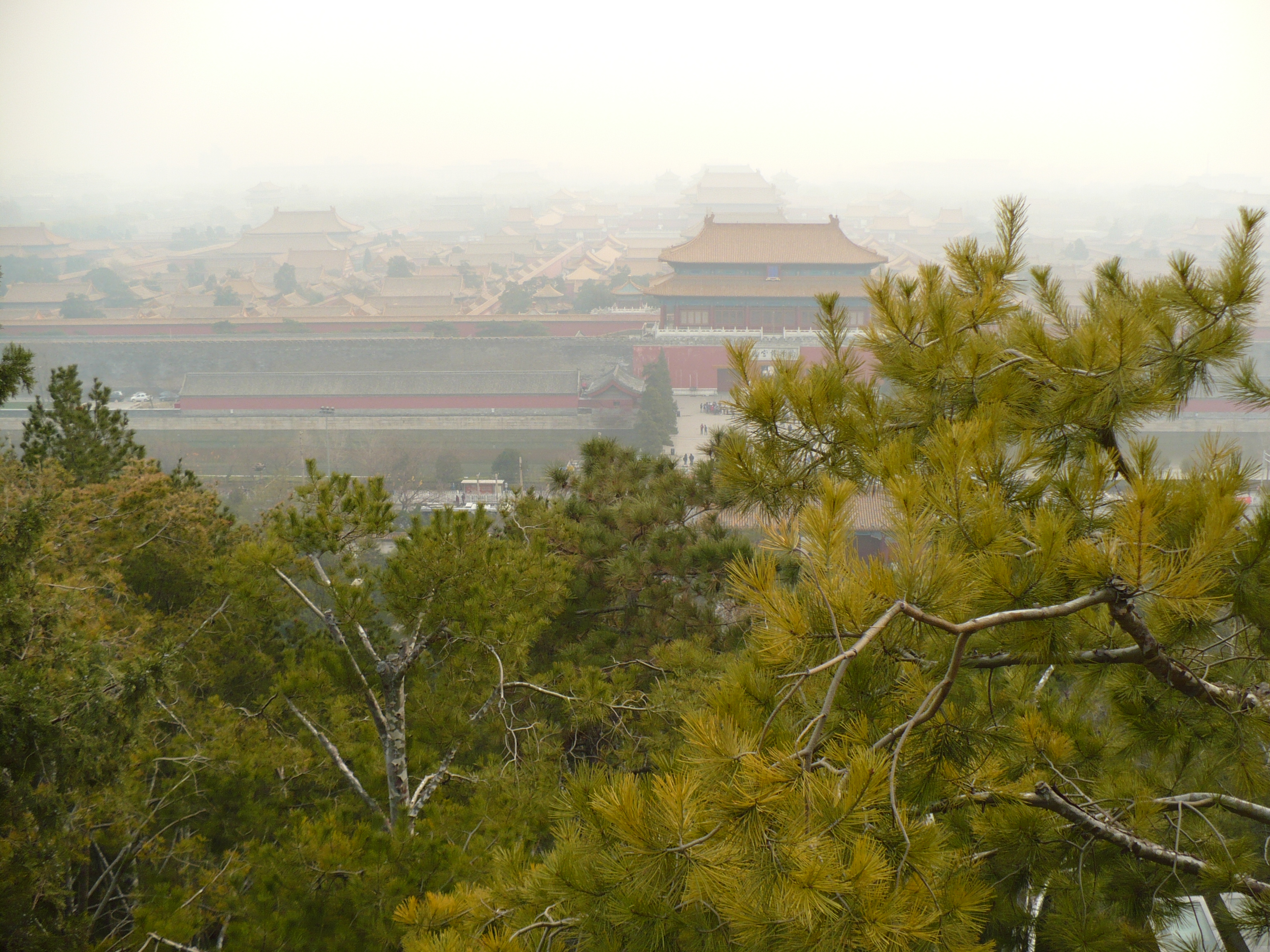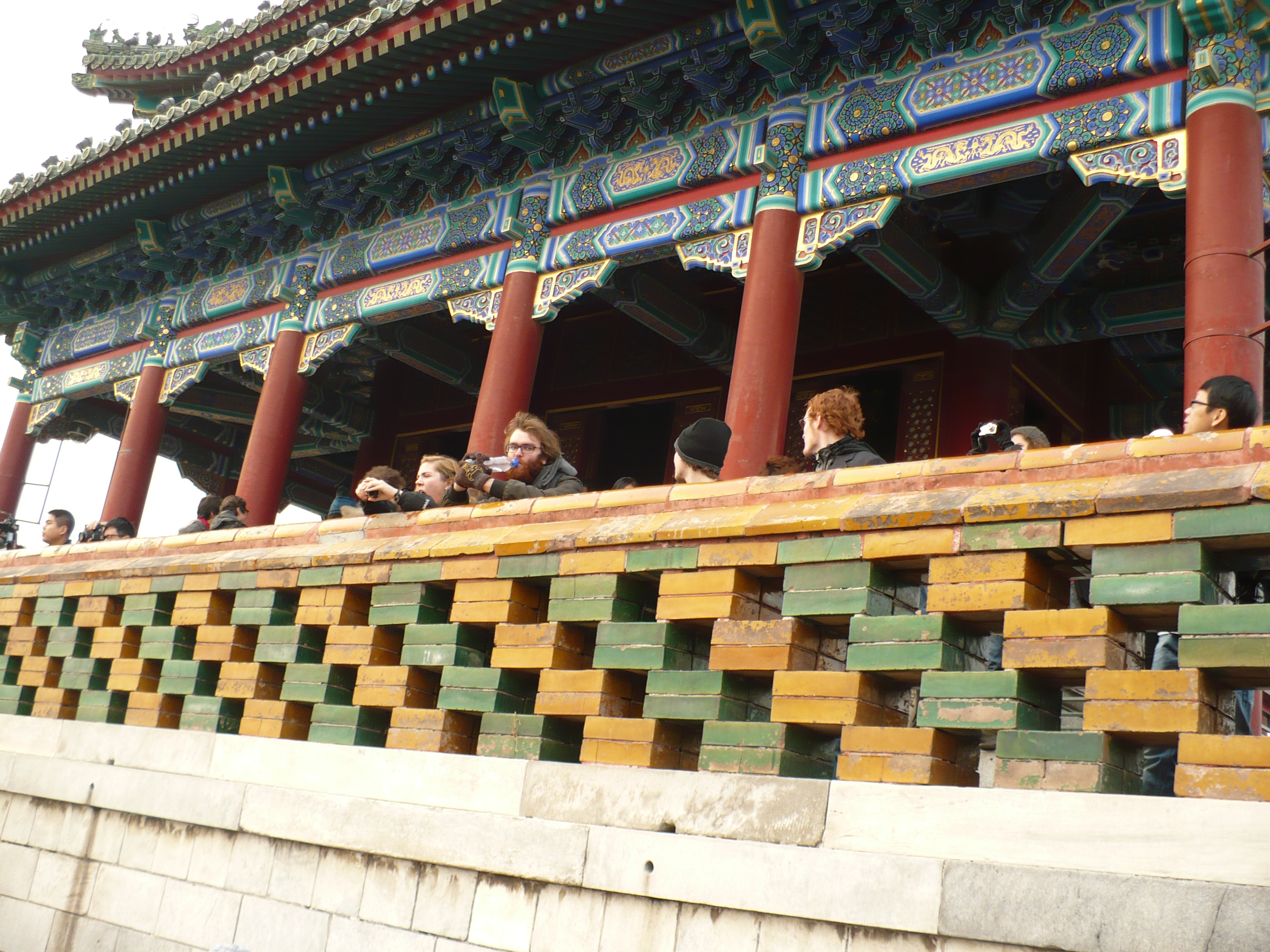Leaving China: Beijing, Second Day
To start off Sunday, we all went to the Chongwenmen Christian Church. Originally a Methodist mission congregation, the congregation today has about 10,000 worshipers each Sunday, spread across 5 services. We attended the third service. Green-jacketed volunteers gave us an introduction to congregational life, and had reserved several pews for our group. They gave us headsets to listen to simultaneous English-language translation of the service. During this service, the congregation used a hymnal that consisted primarily of translated North American/British Gospel songs. In the pre-service singing, the song leader used the “lining out” method (singing one line in advance of the congregation) to teach them to sing the “Sweet By and By.” A group of more than 20 adults was received into membership by baptism during the service we attended. (We weren’t sure if it was doctrine or frosty temperatures that determined sprinkling as the mode of baptism.)
The rest of the day we spent mostly at the symbolic centers of current and former Chinese power. We began with the familiar sights of Tiananmen Square. Our morning worship visit meant we arrived too late to consider filing past the preserved remains of Mao, entombed in a giant mausoleum adjacent to the Qianmen (Front Gate). We walked past the National Museum and Great Hall of the People, where China’s National People’s Congress meets and other important events of state are held. Then through the Tiananmen gate itself and into the so-called “Forbidden City”—the massive complex that was long the seat of Chinese imperial power. We spent several hours exploring the many buildings, gardens and displays housed within the complex. To end the day, we went to the Wangjufing market, nestled in one of the corridors of current Chinese consumer power. Where else would you go to find a pair of $1350 gold-tipped chopsticks?

